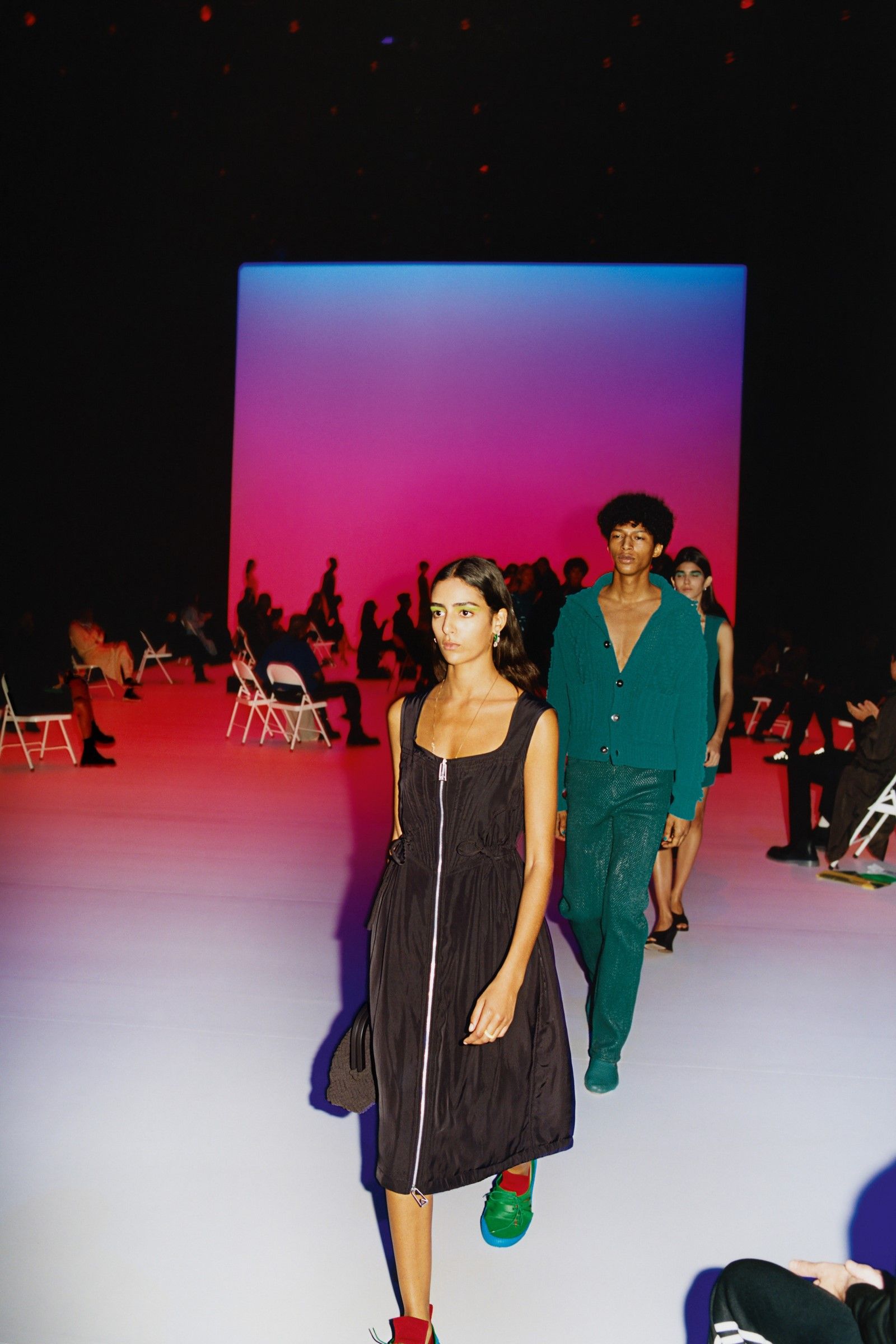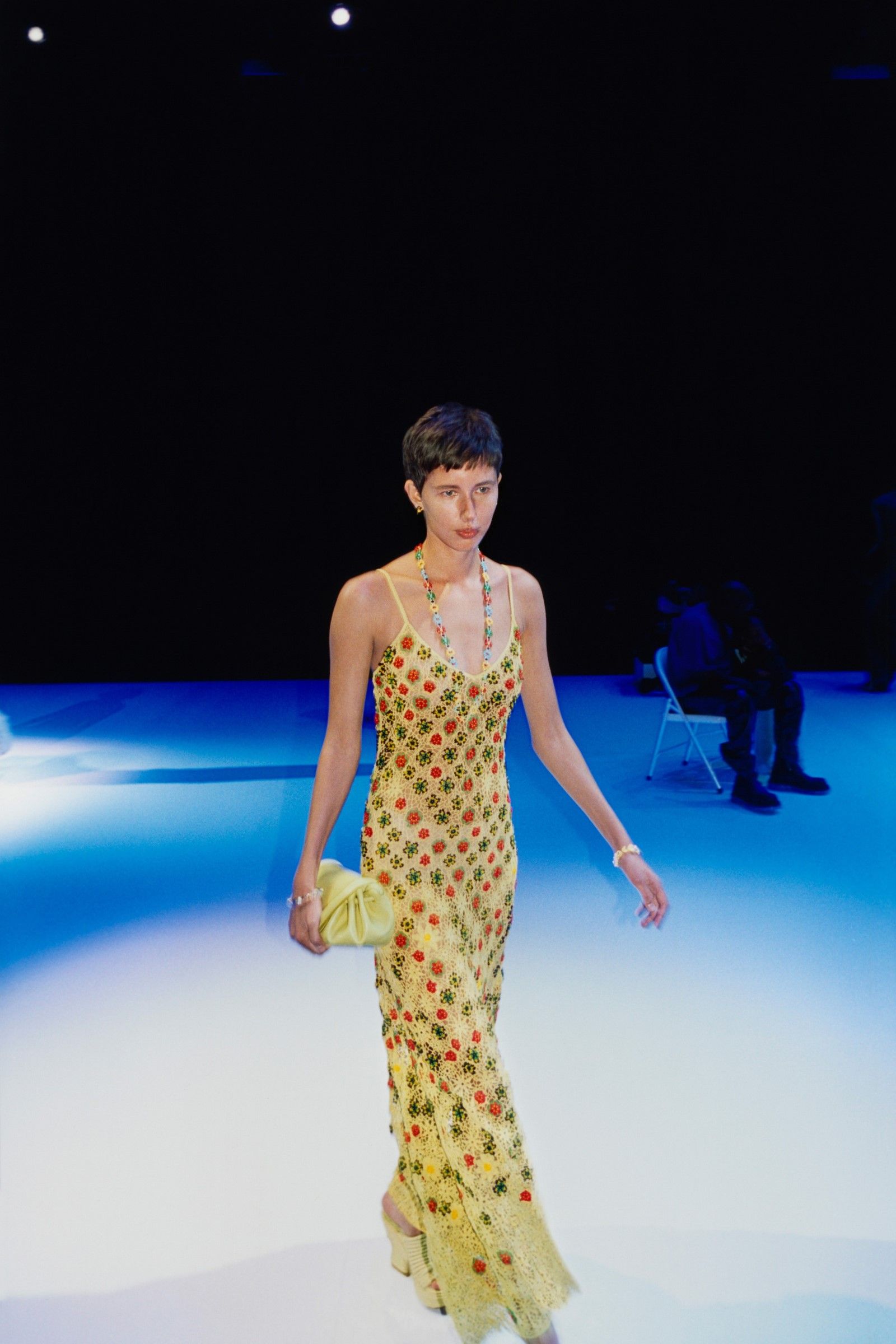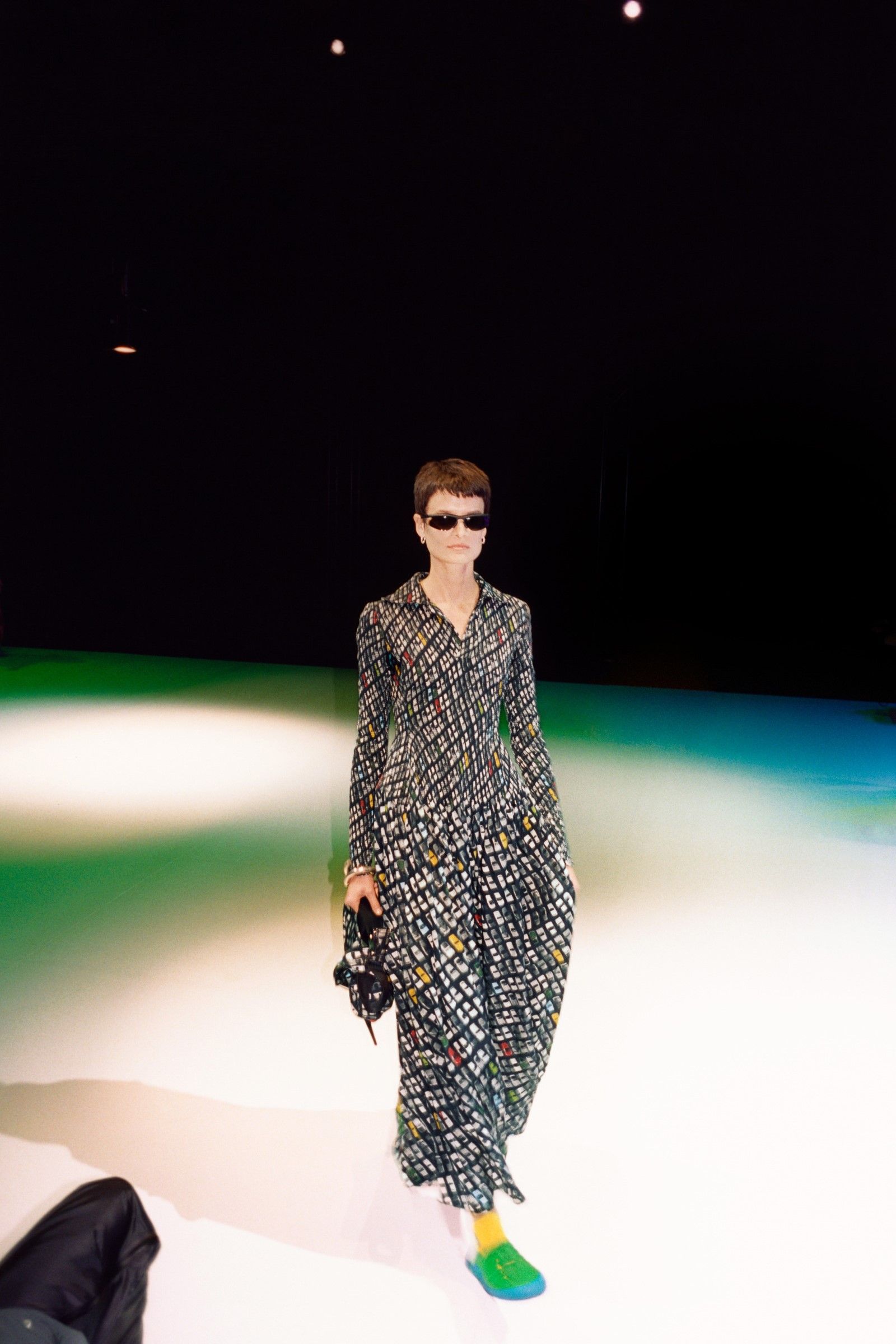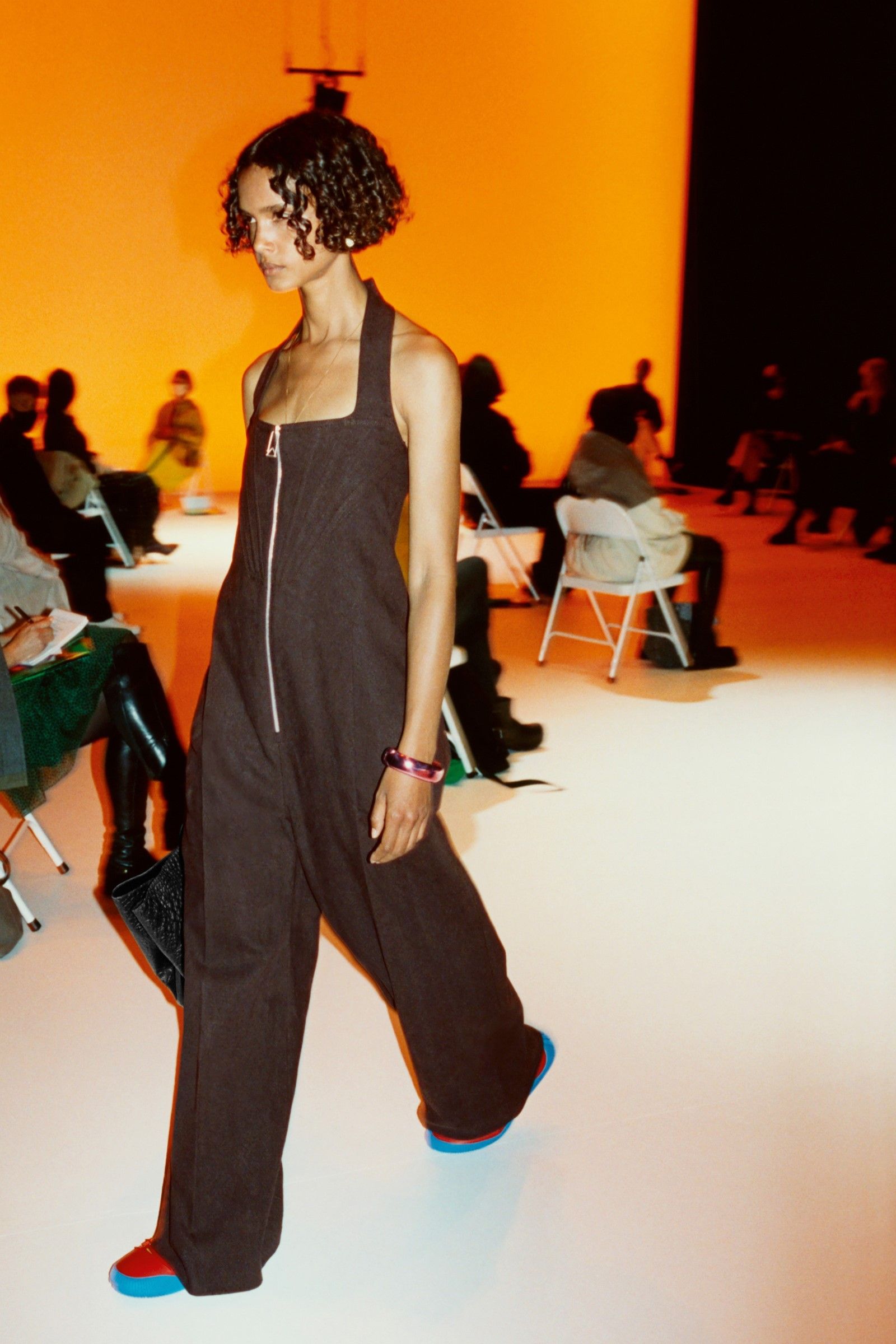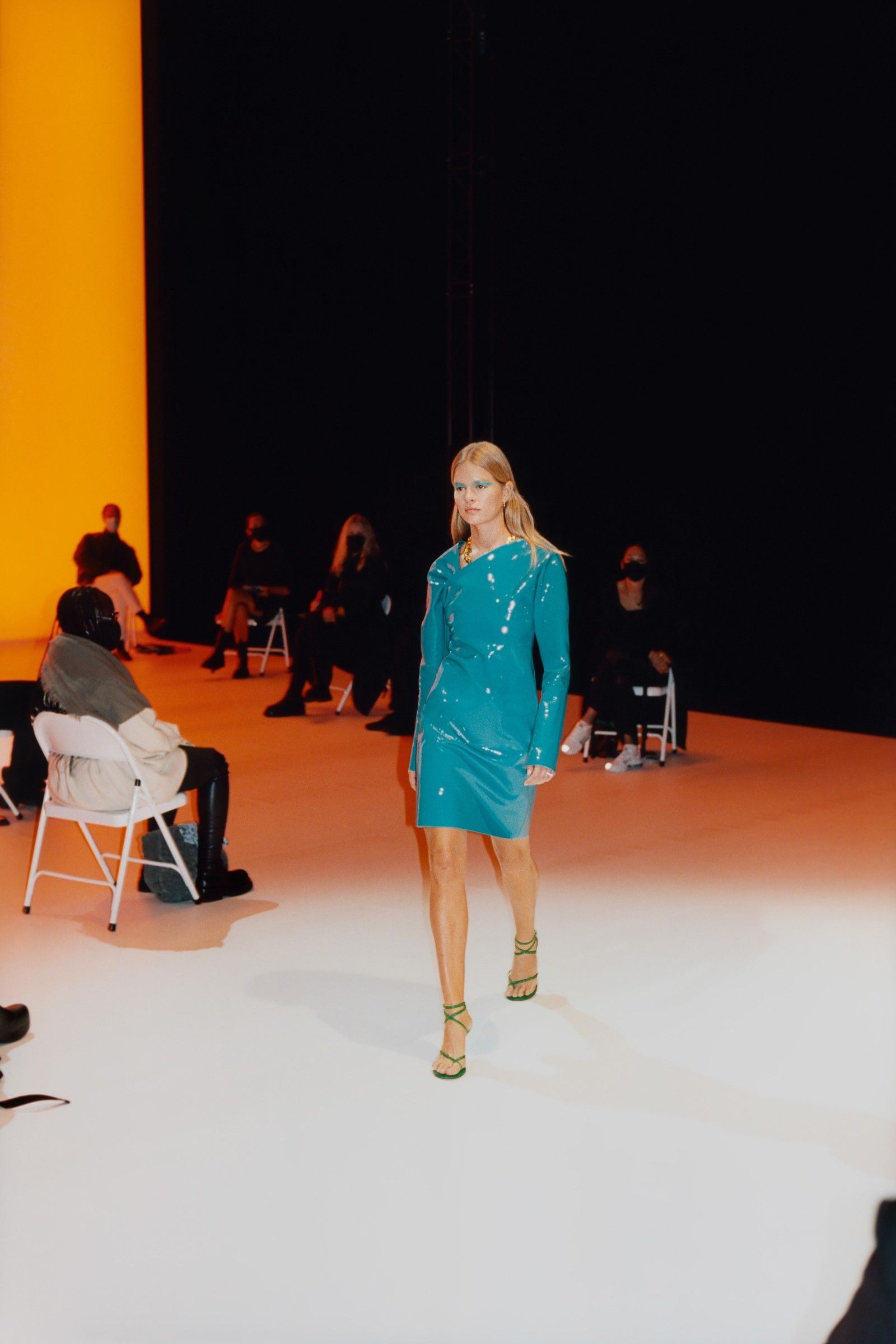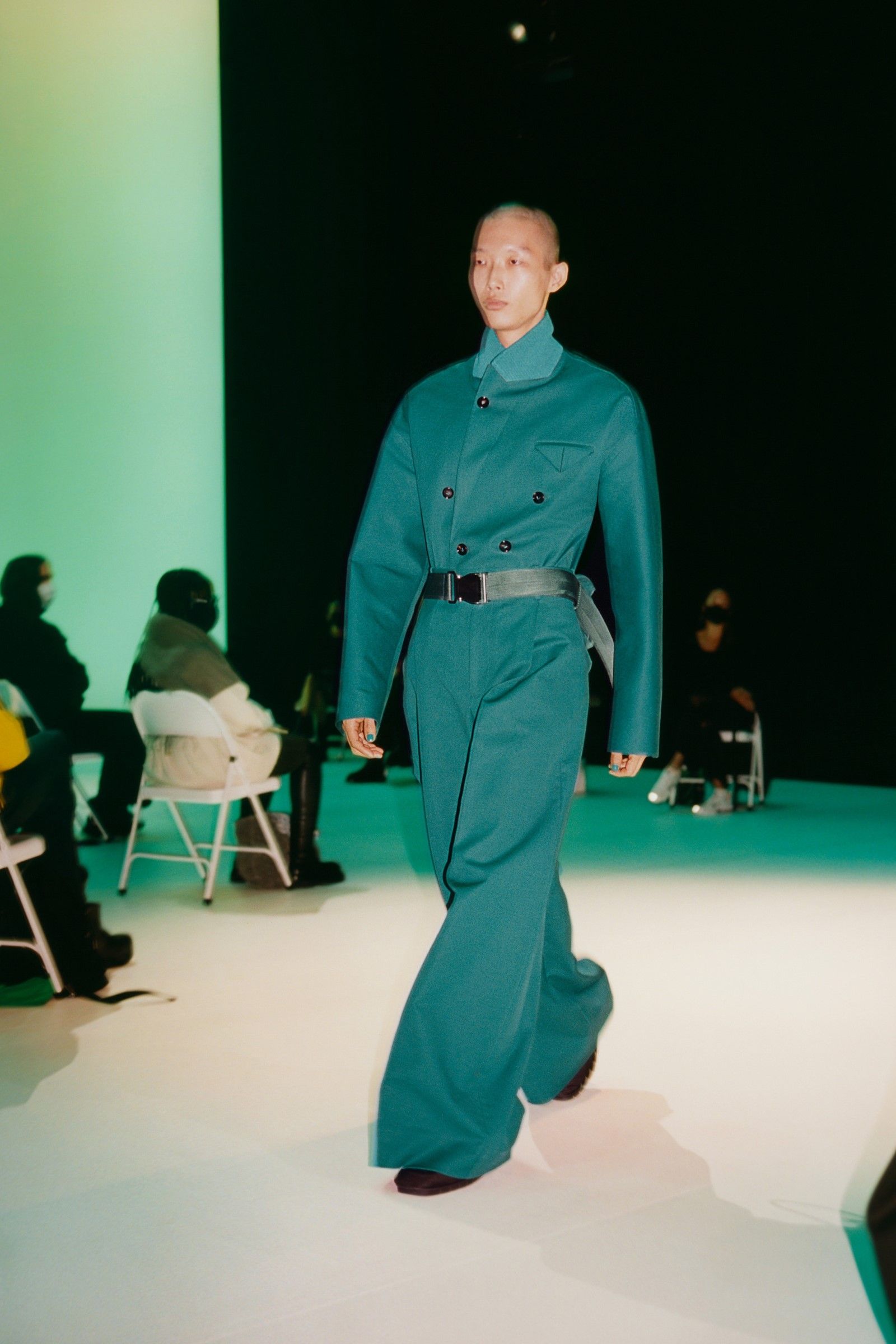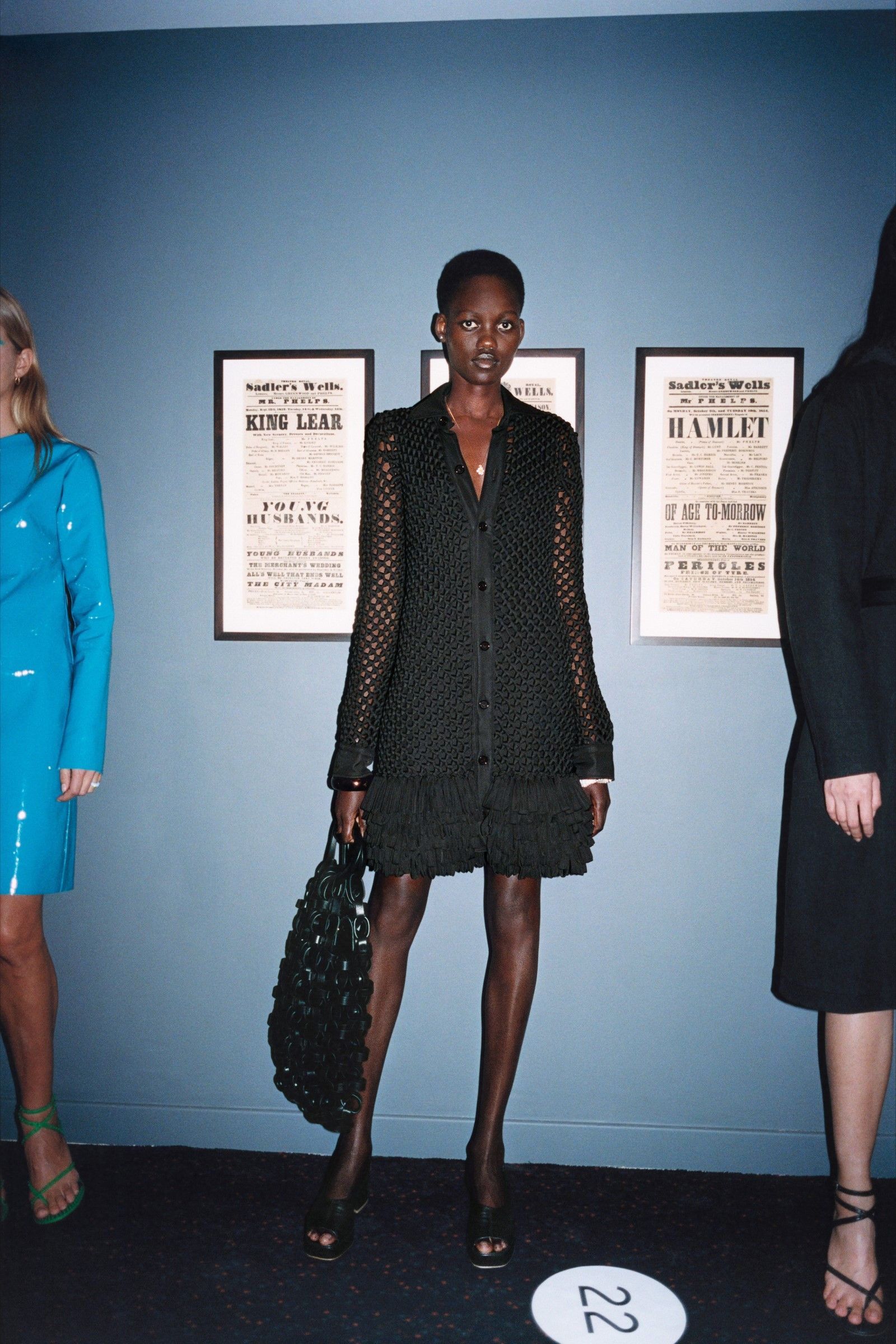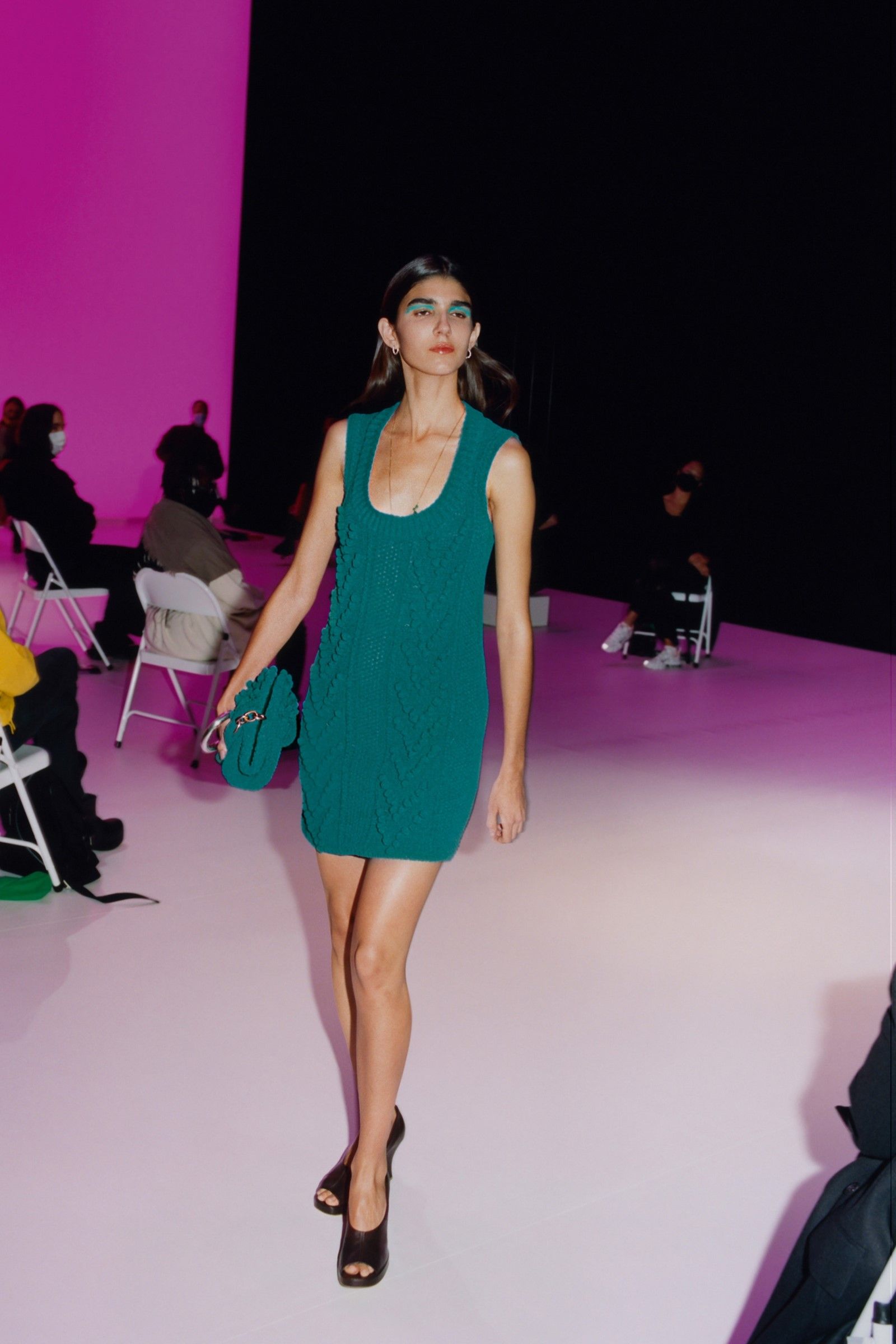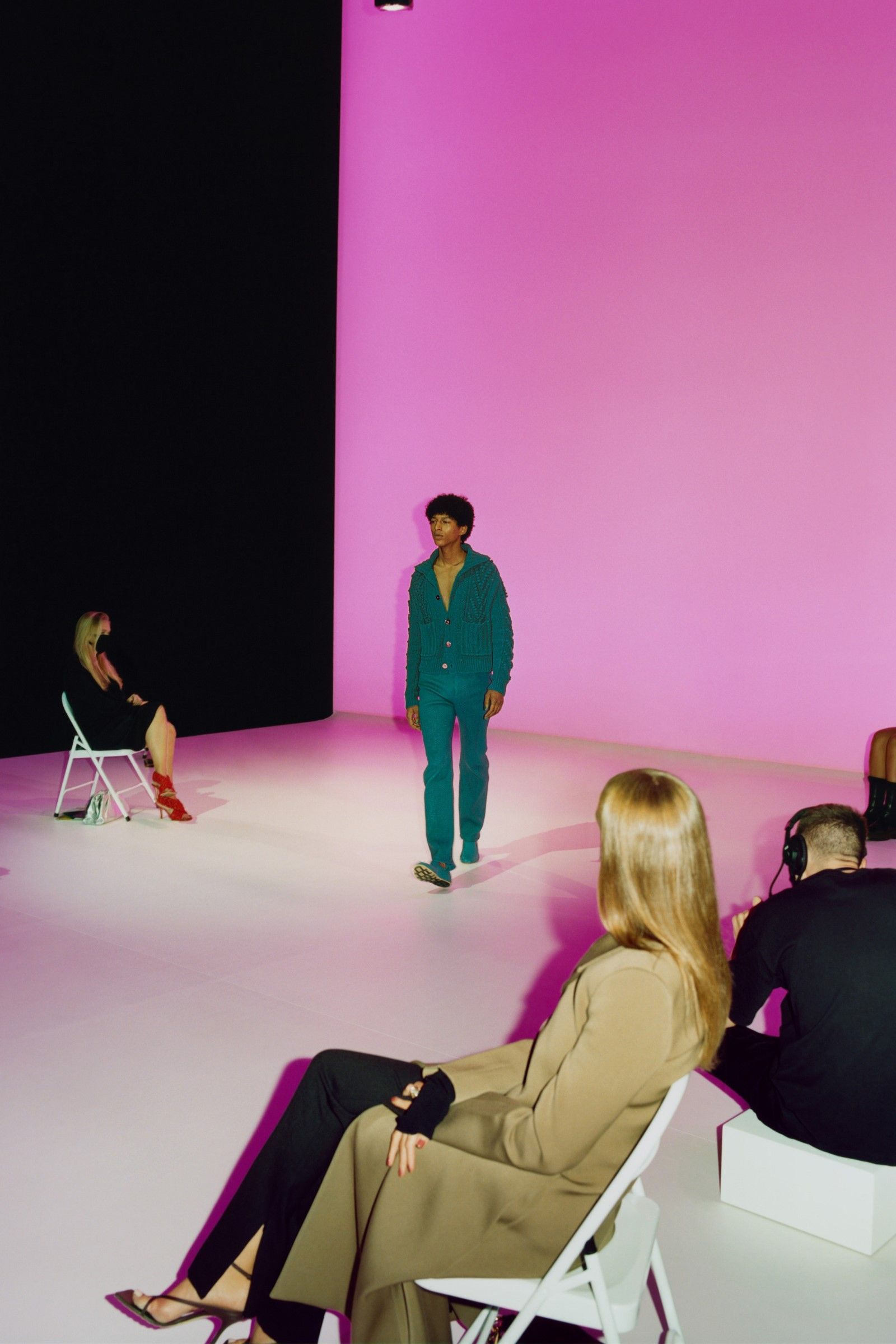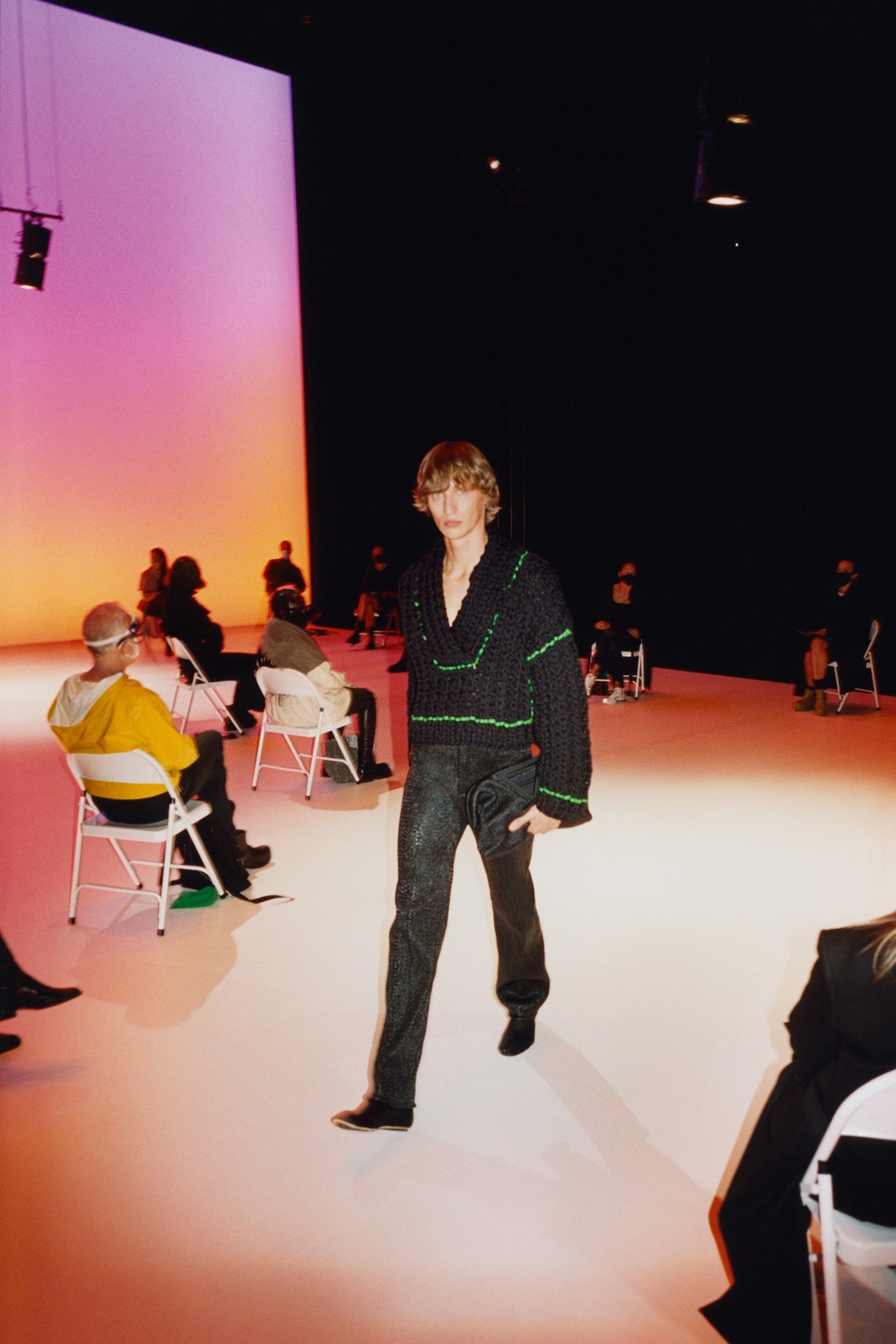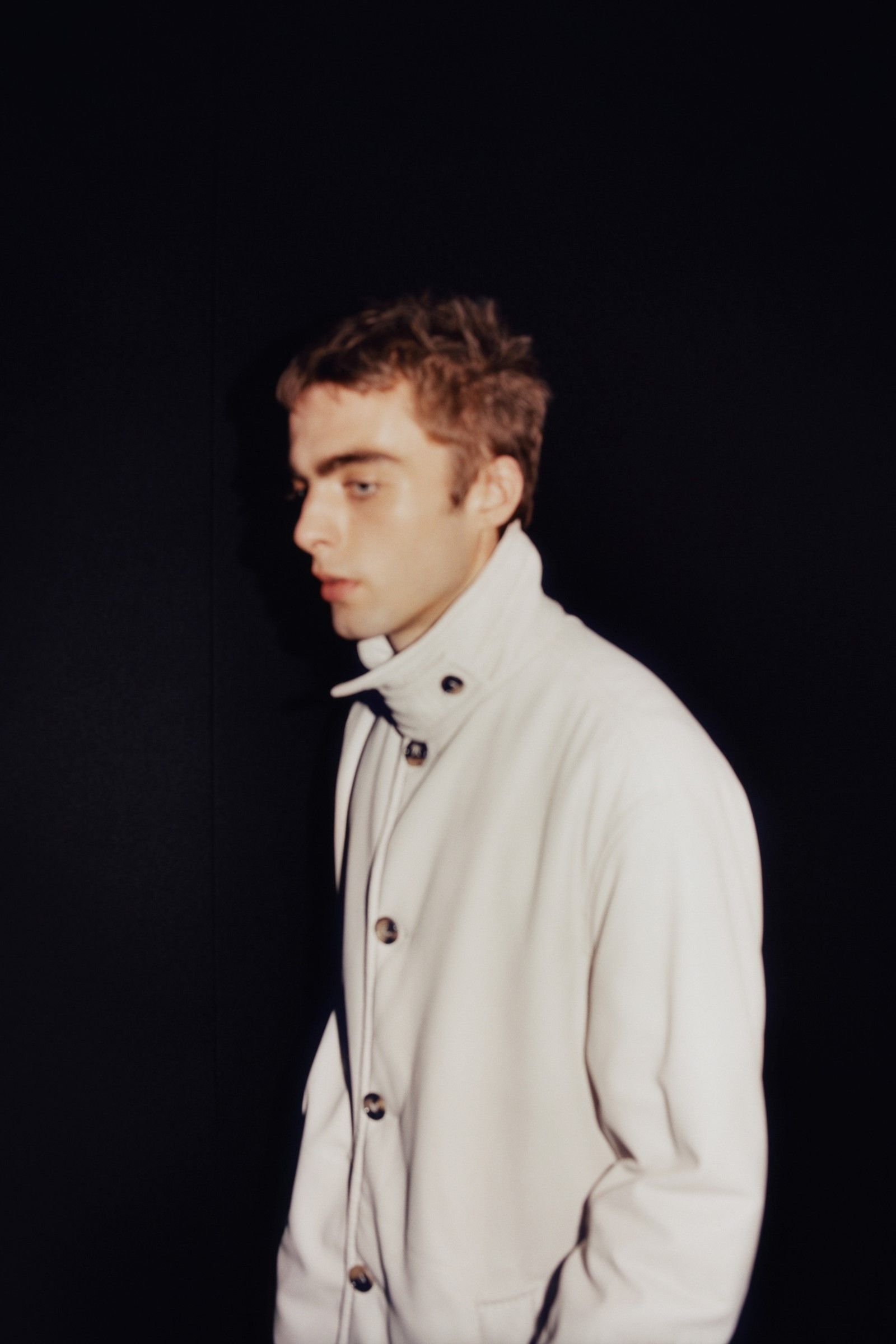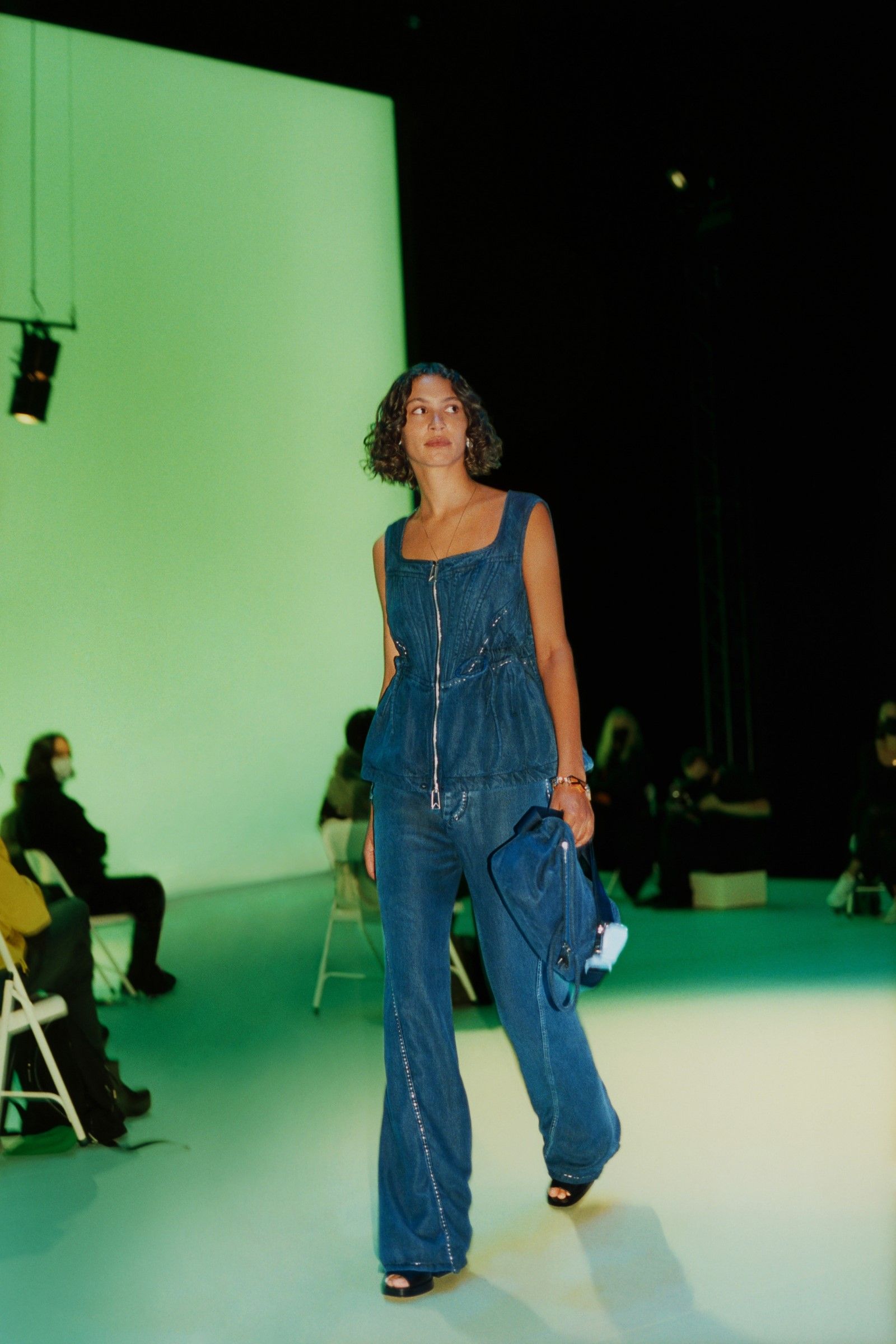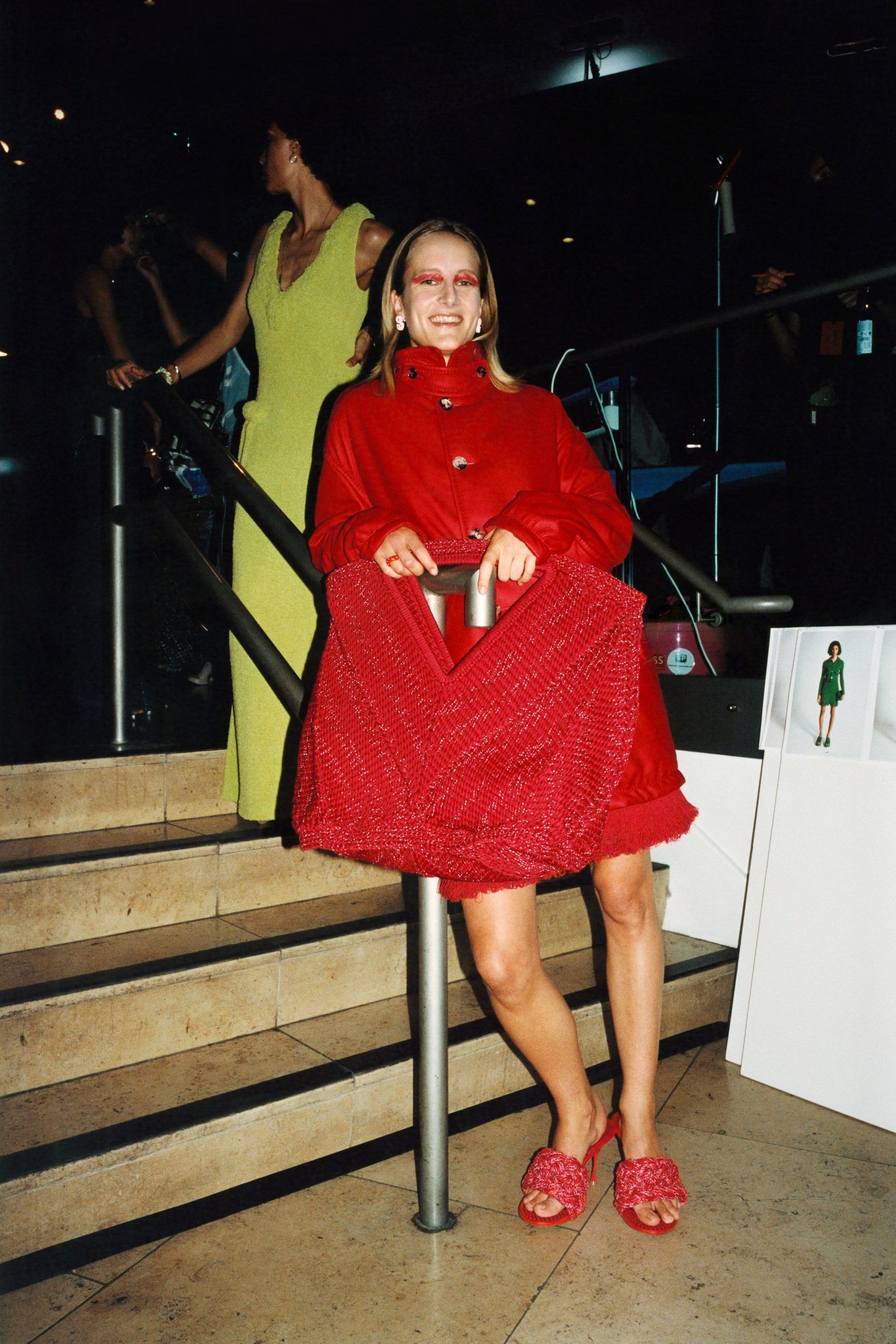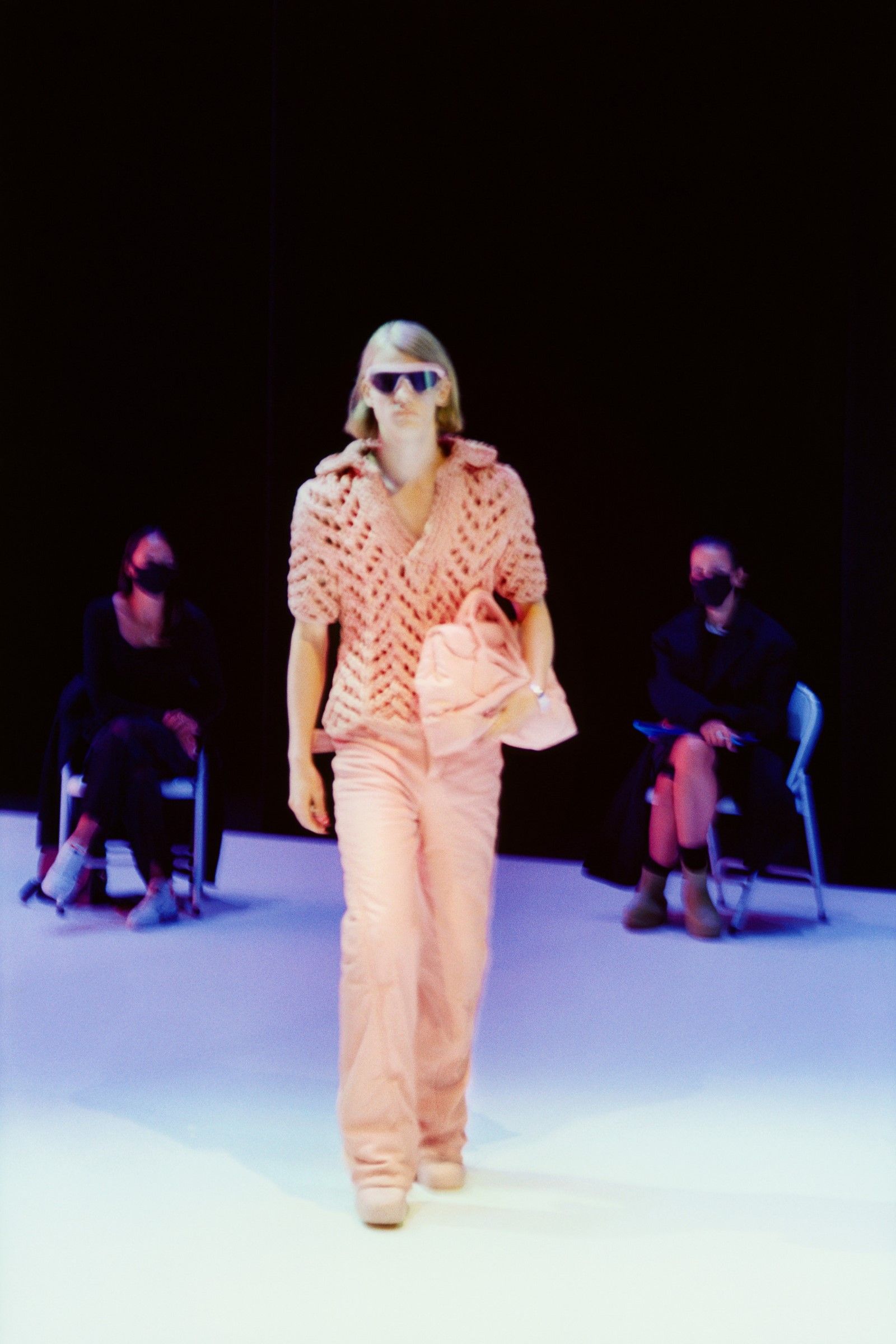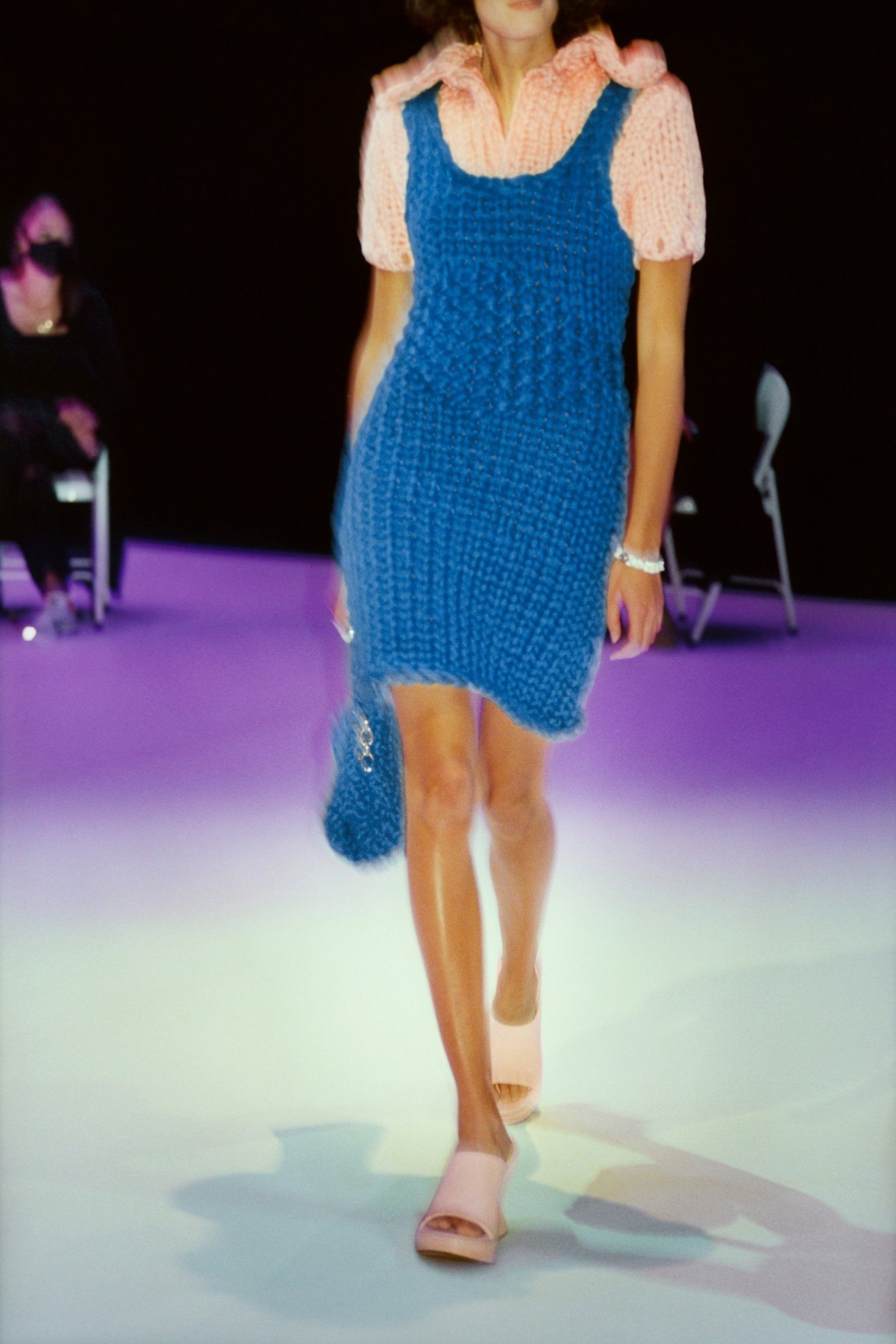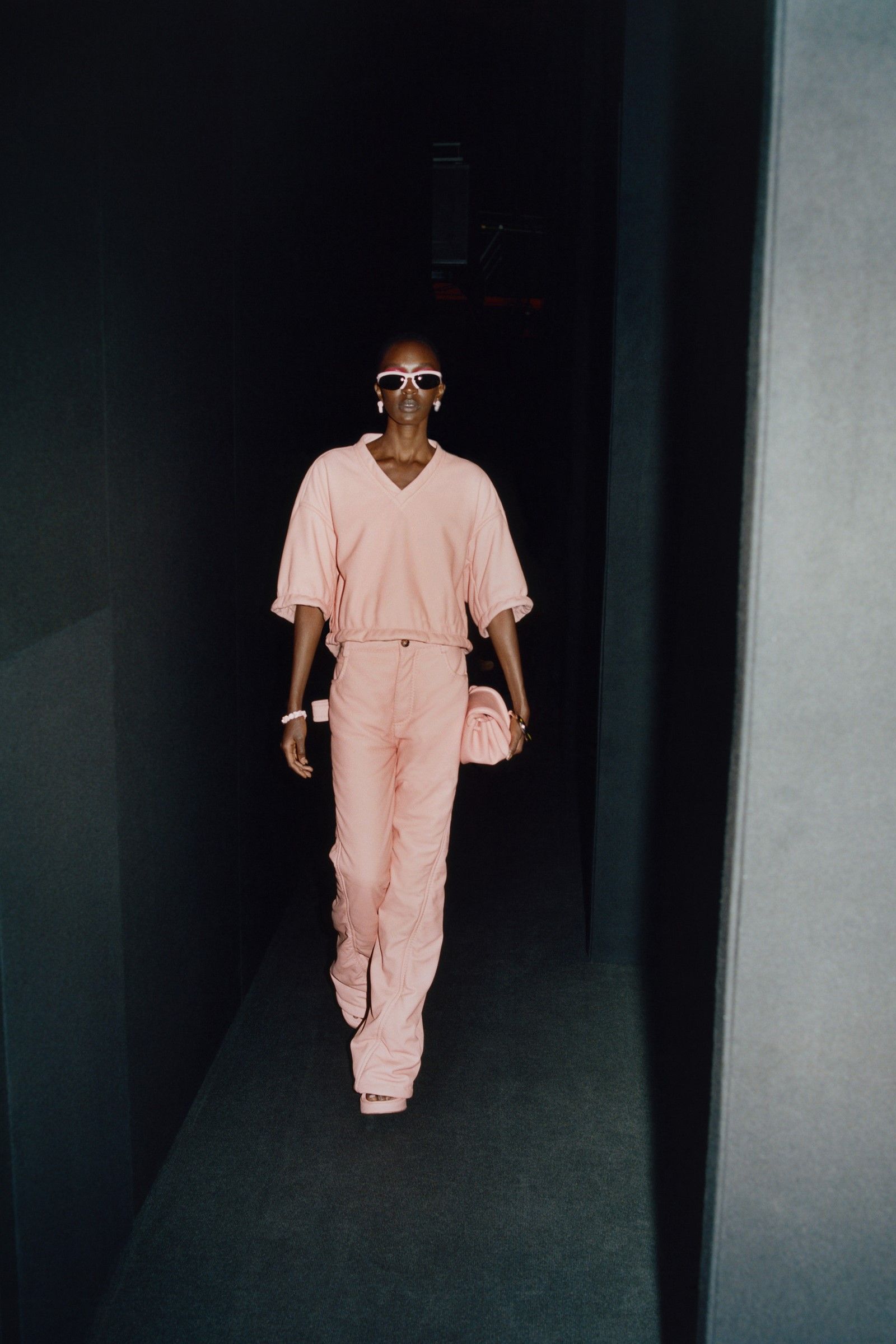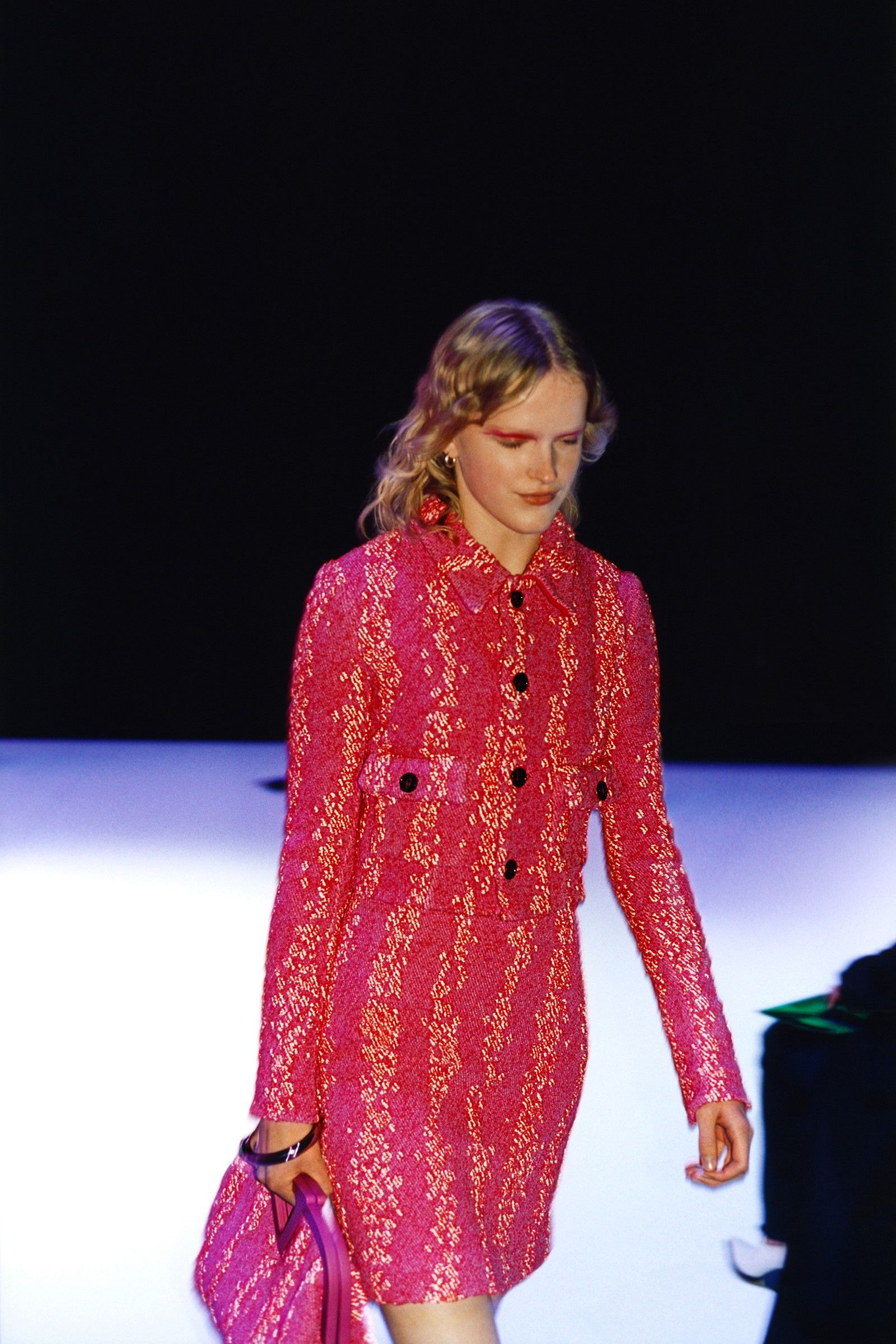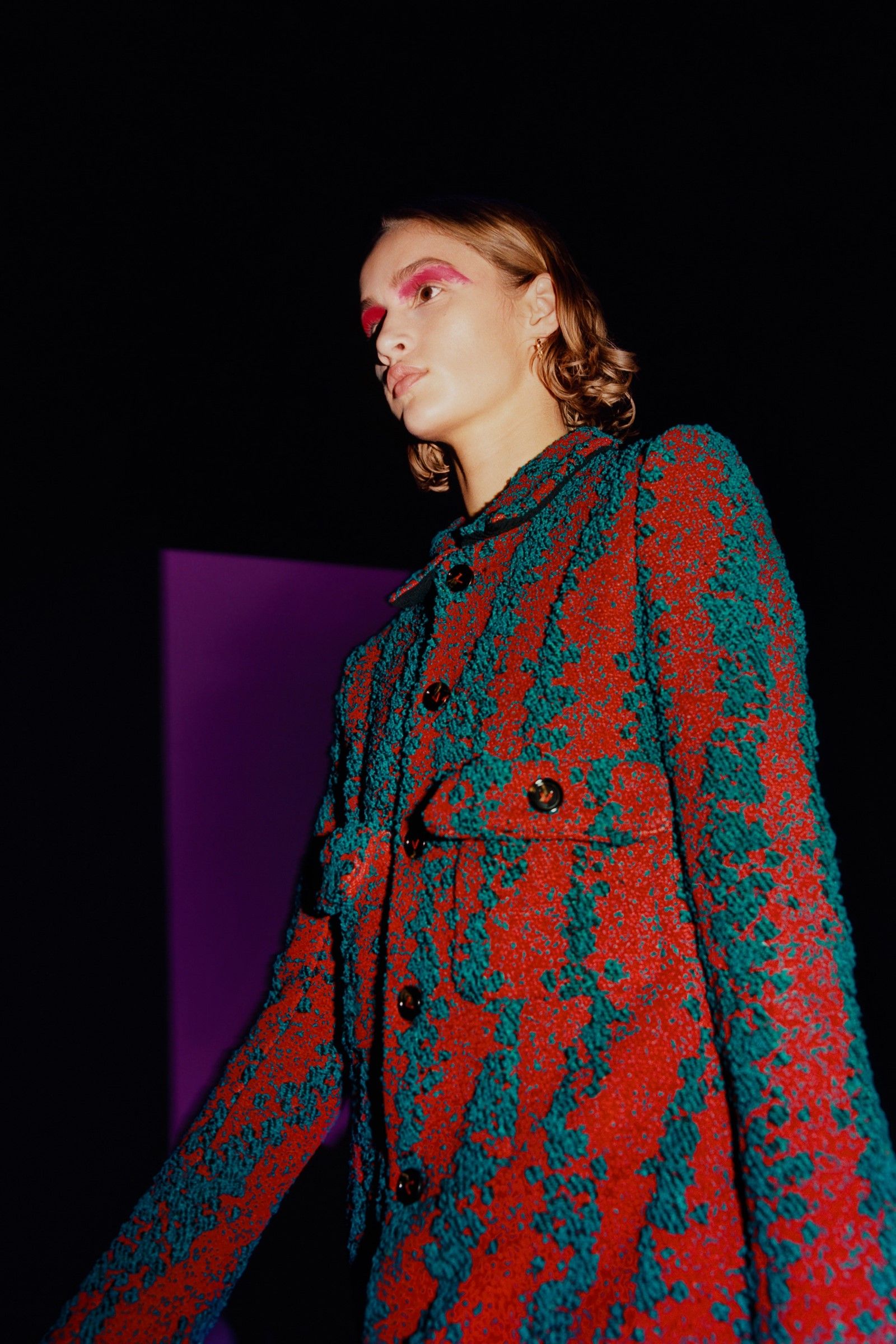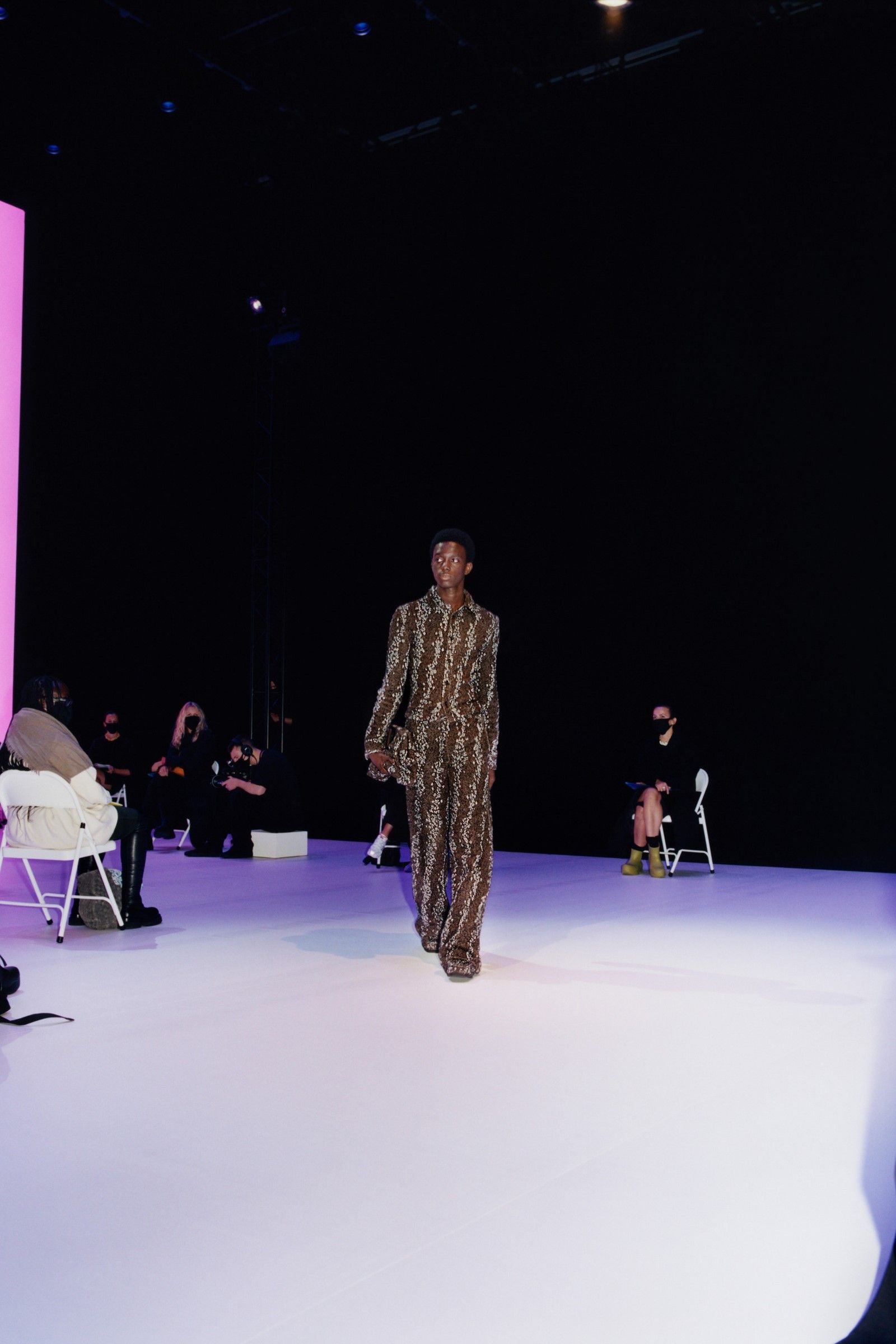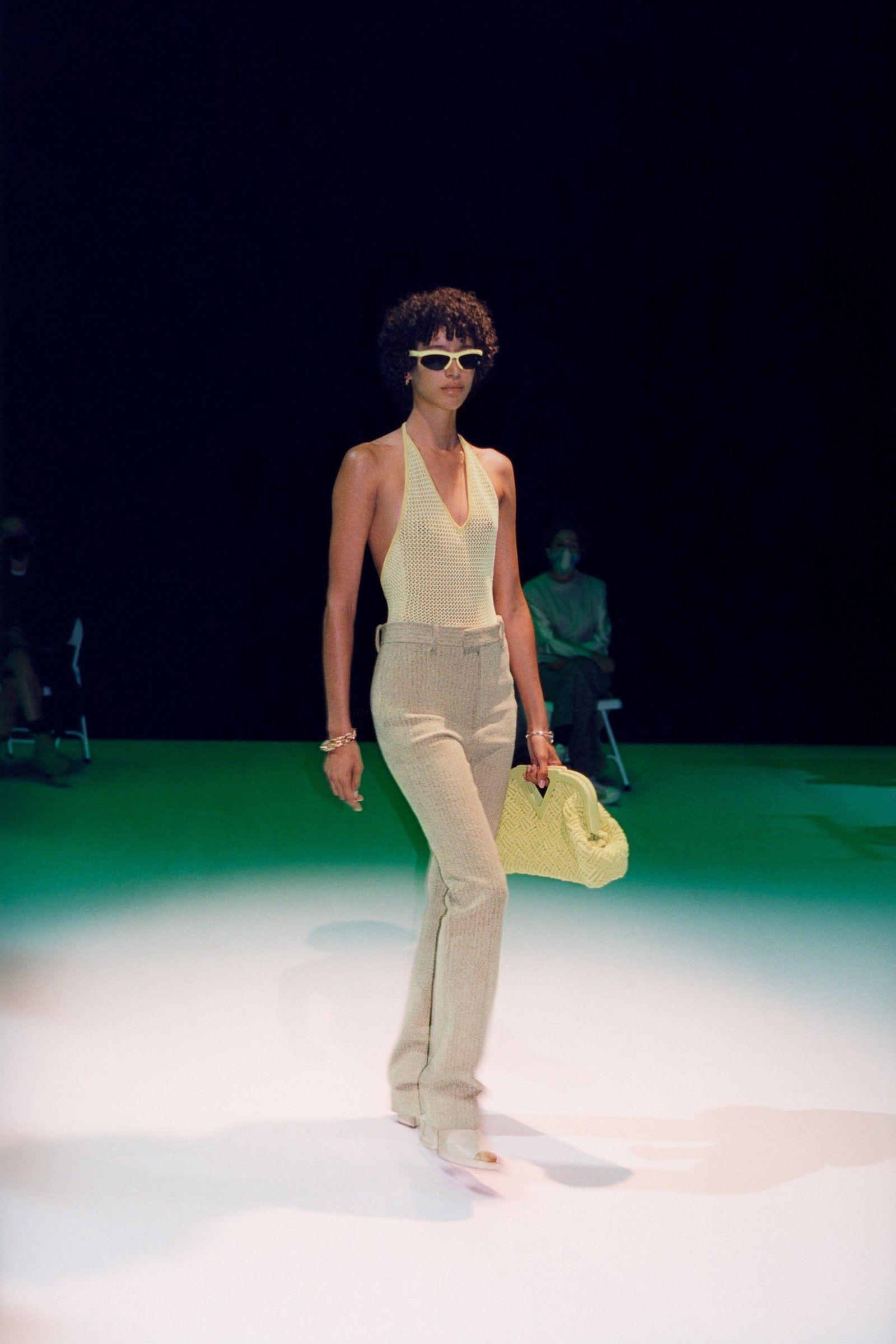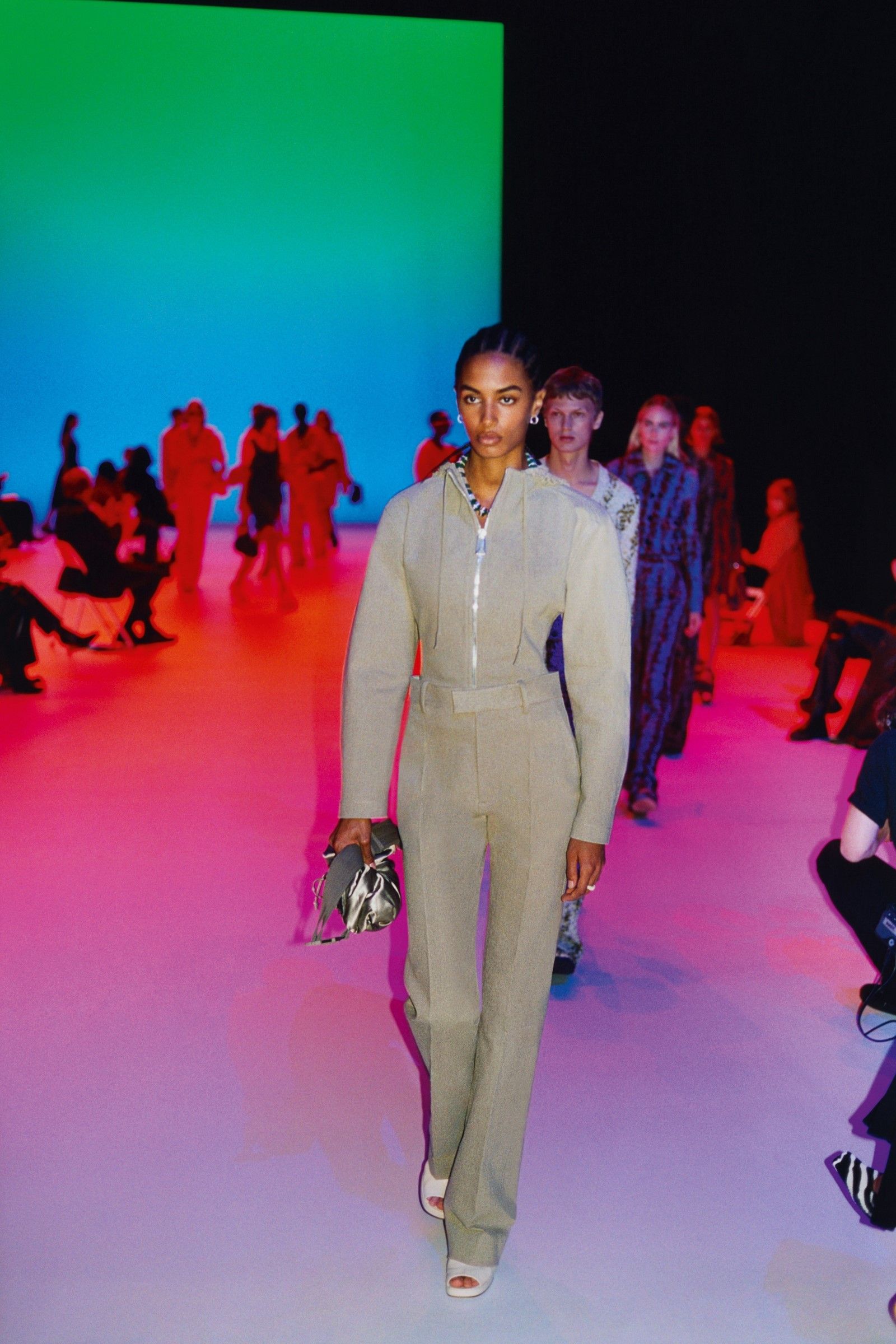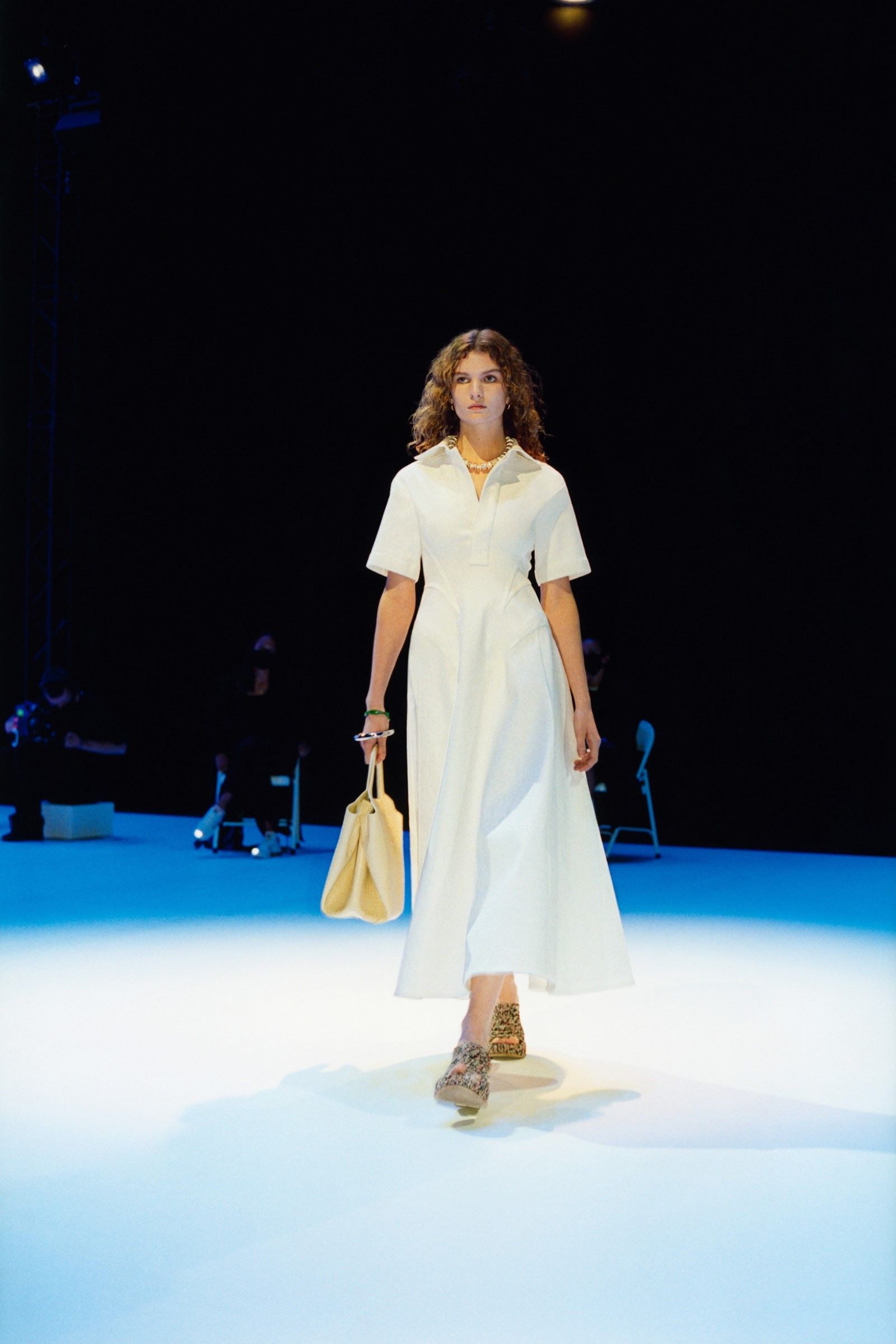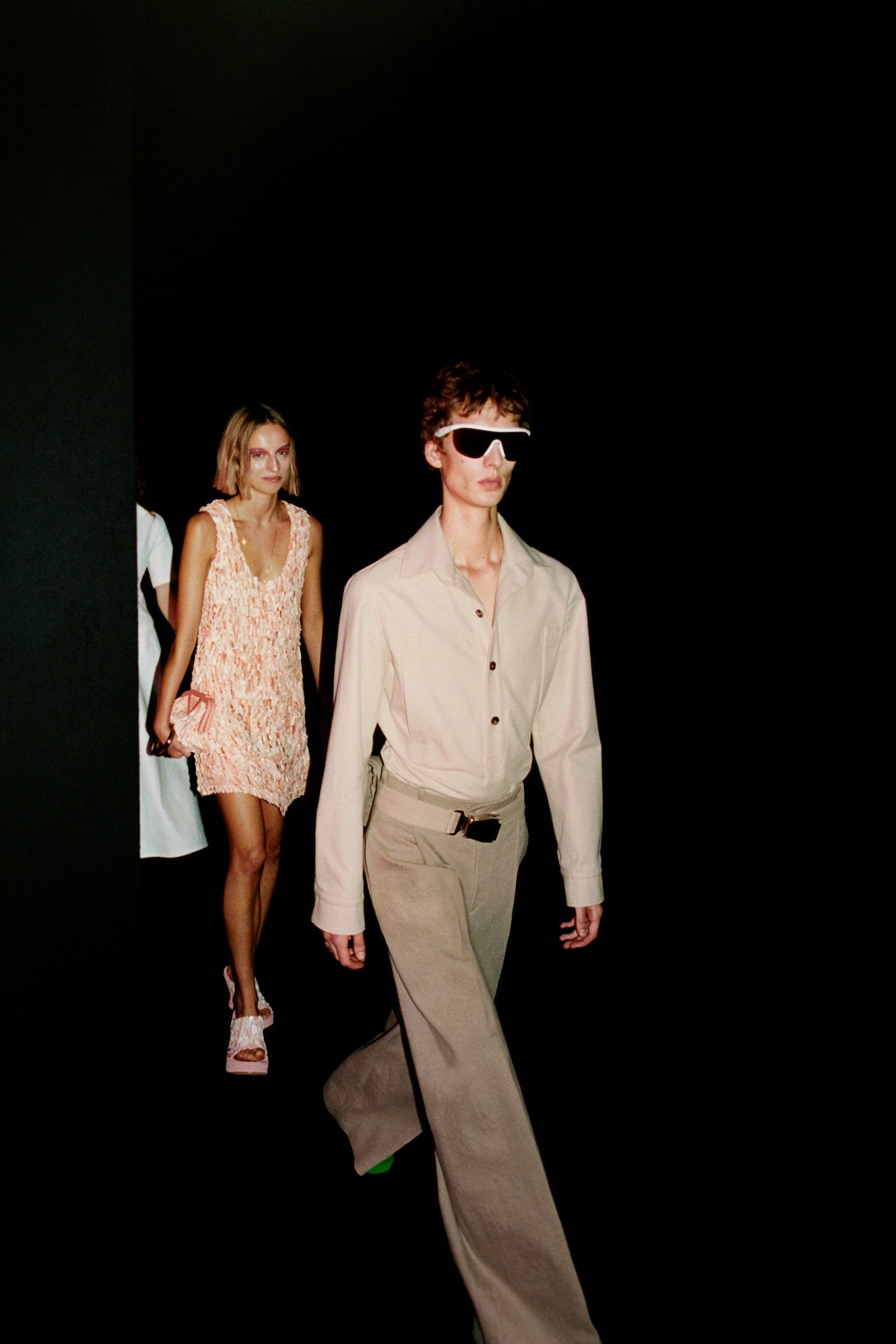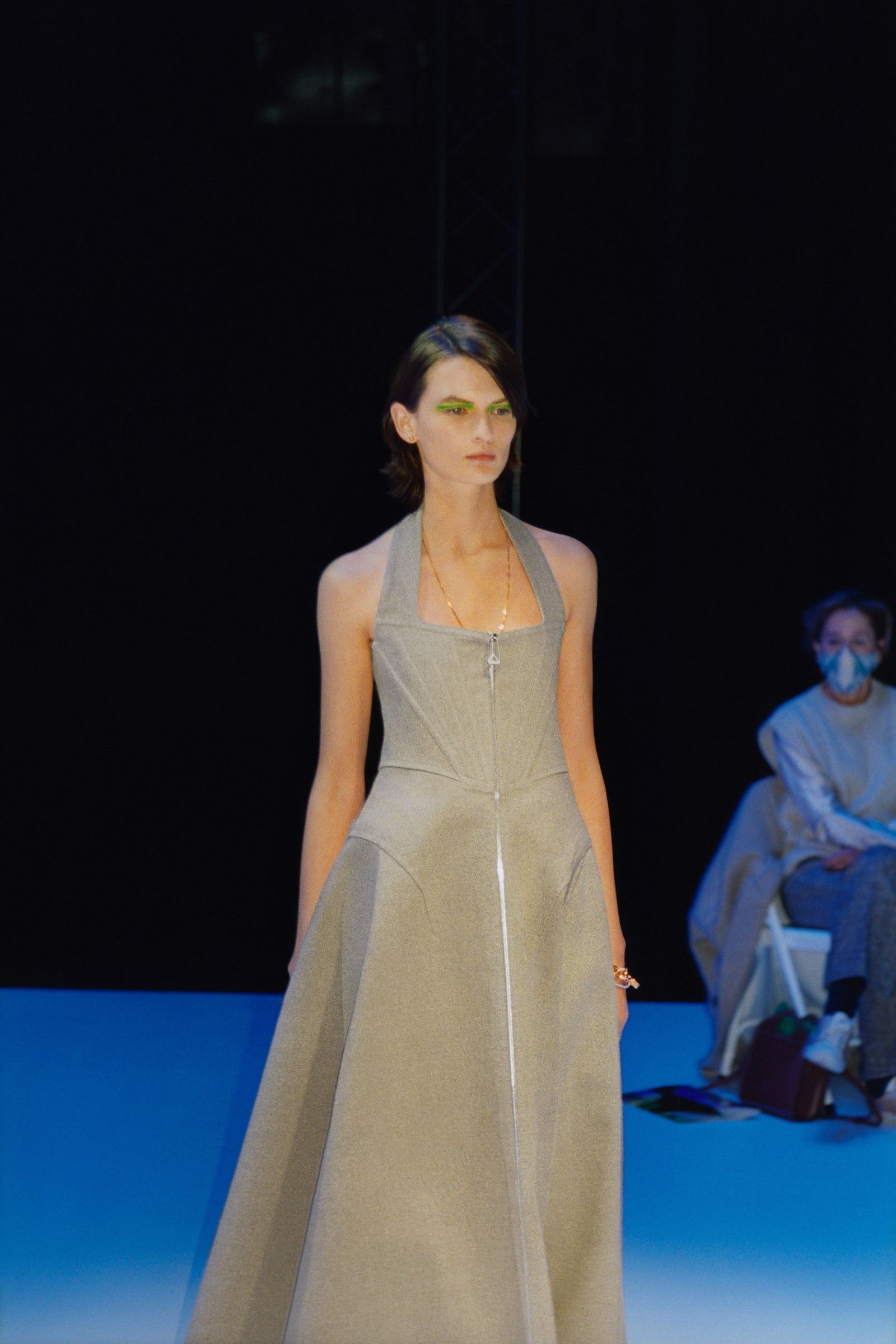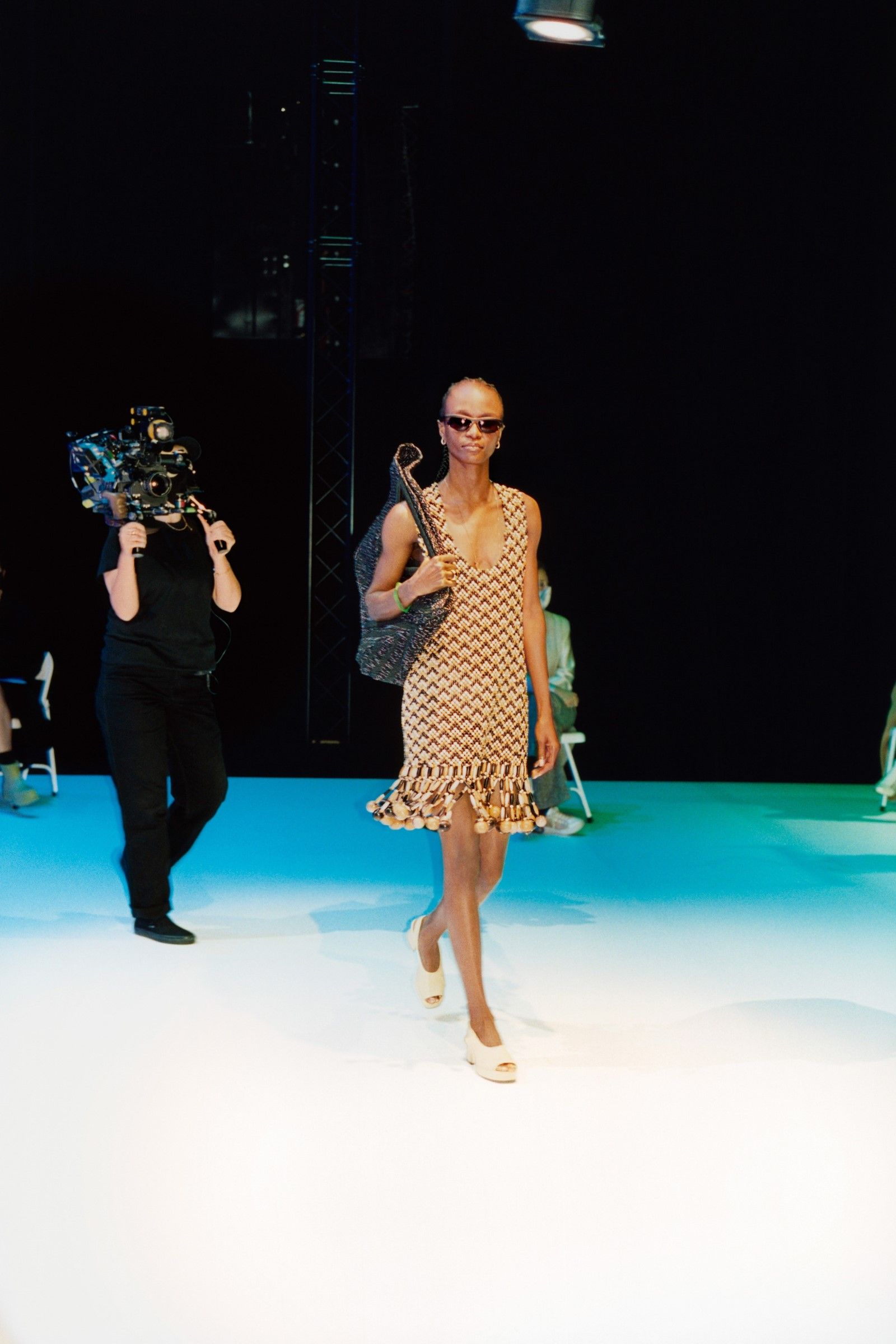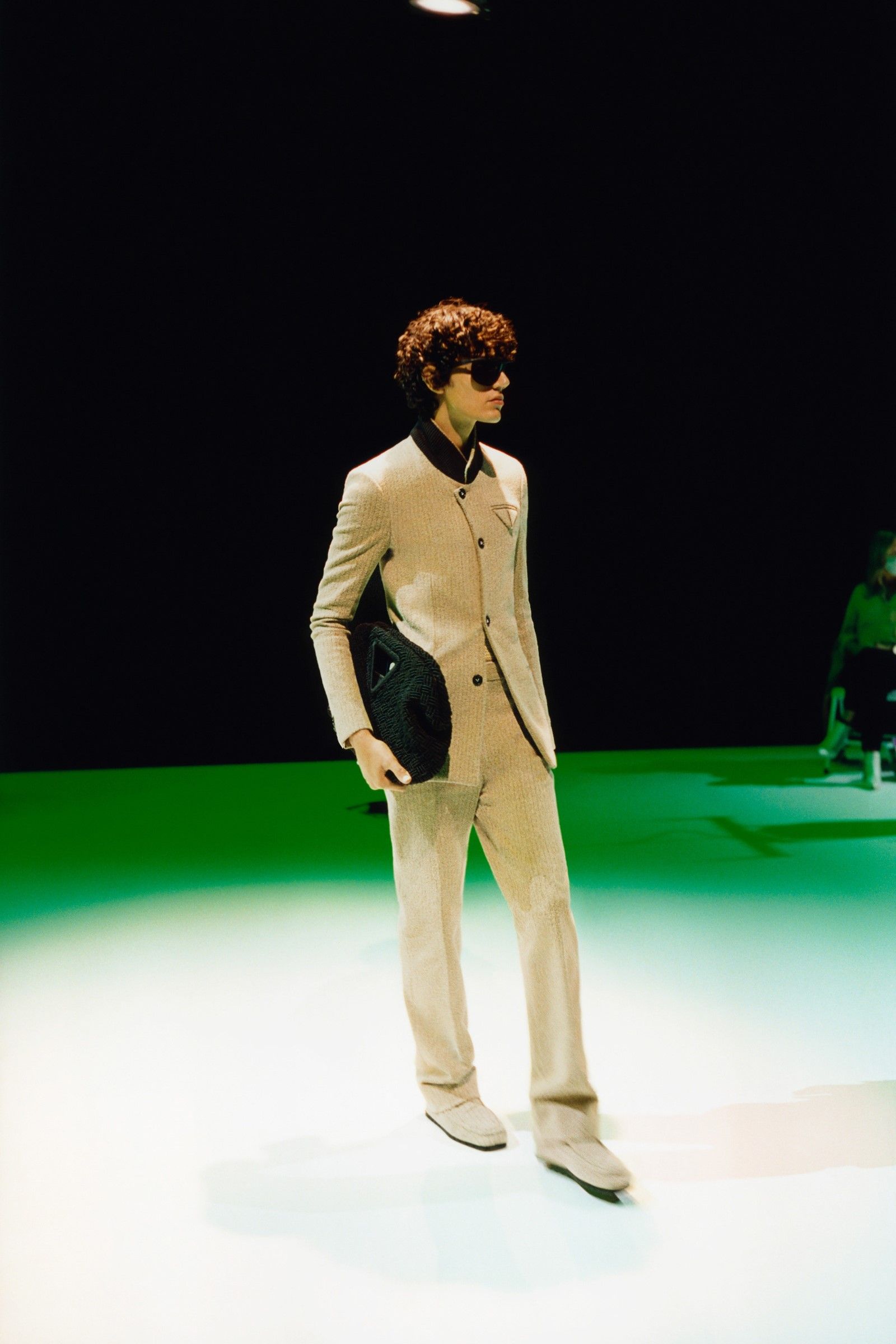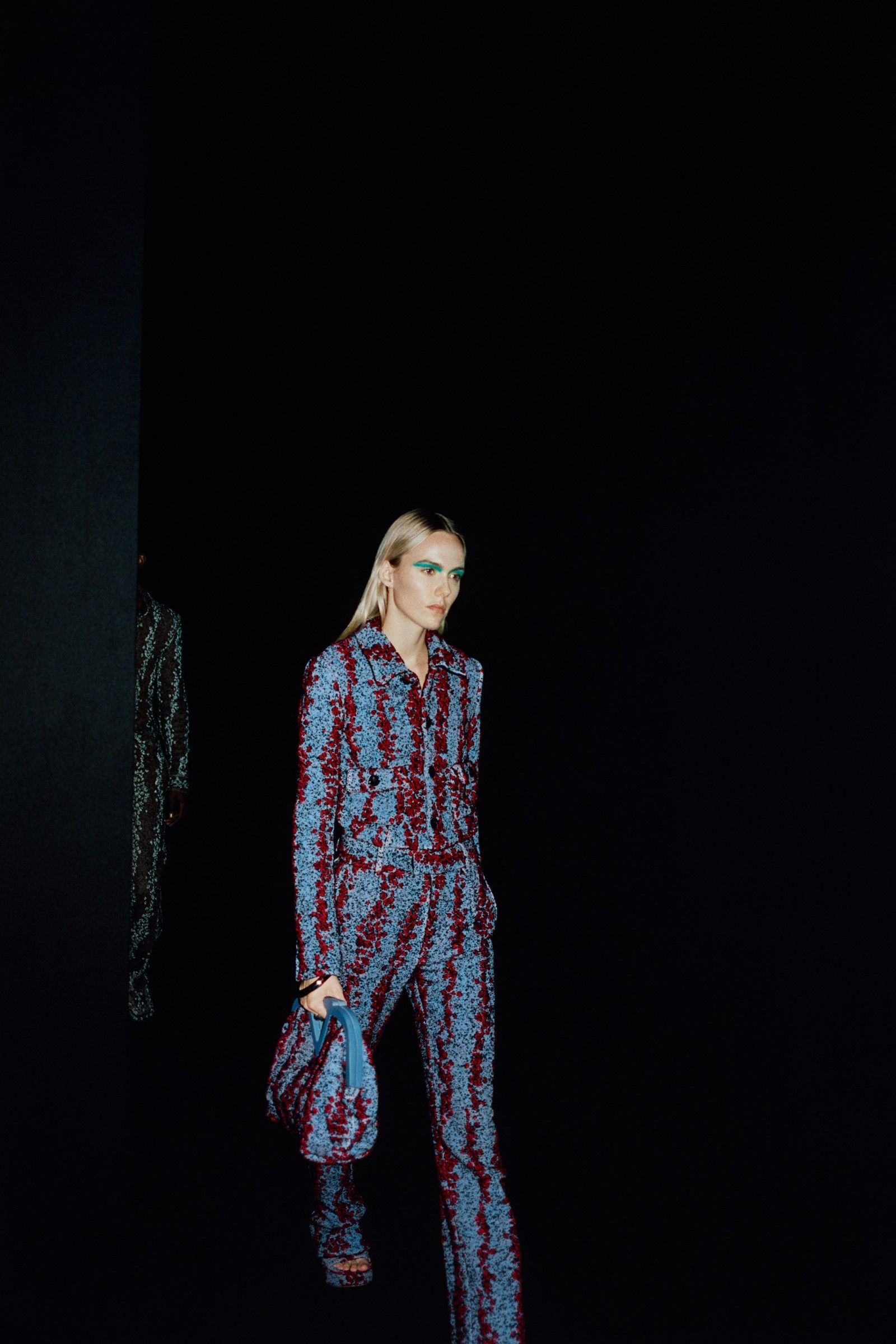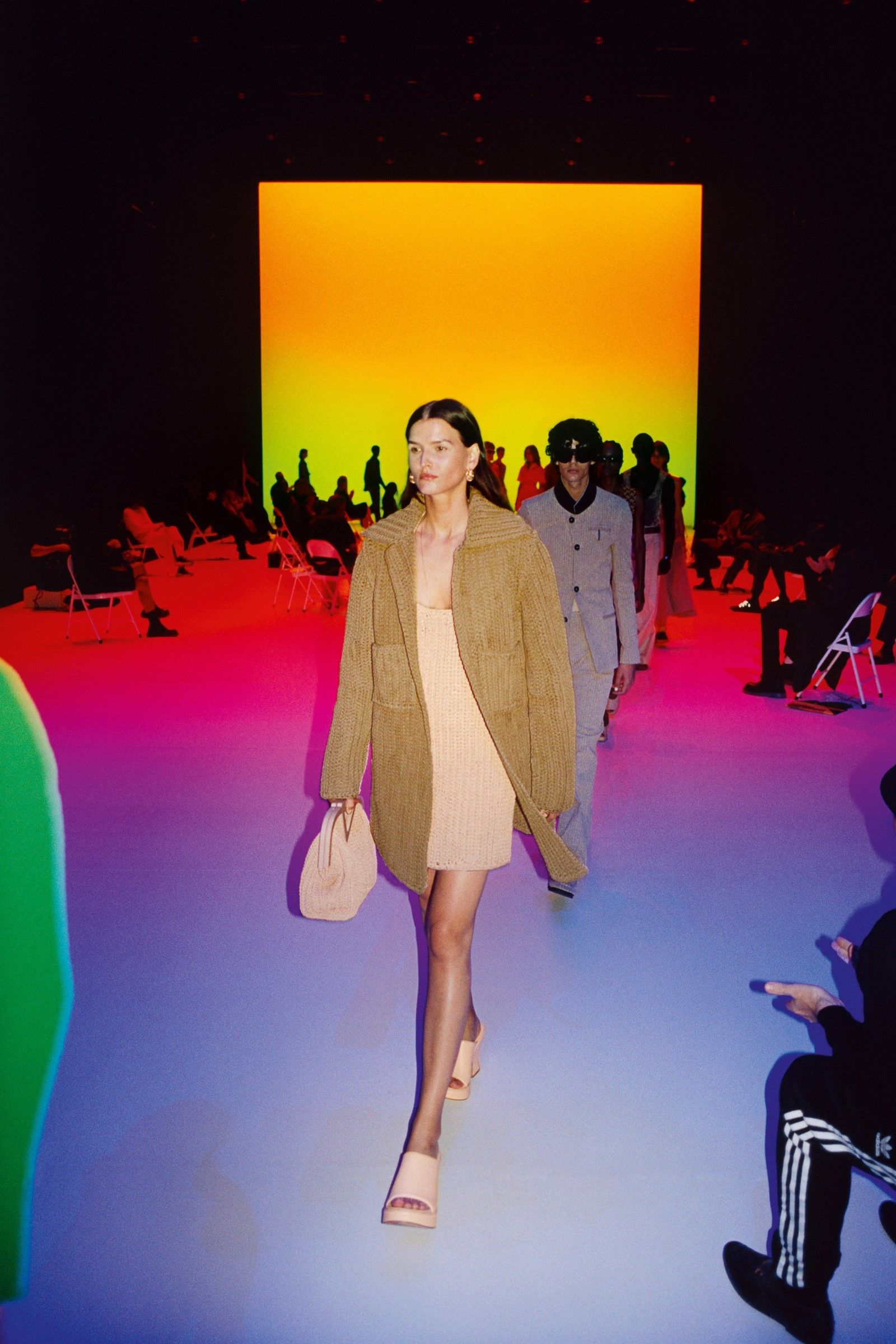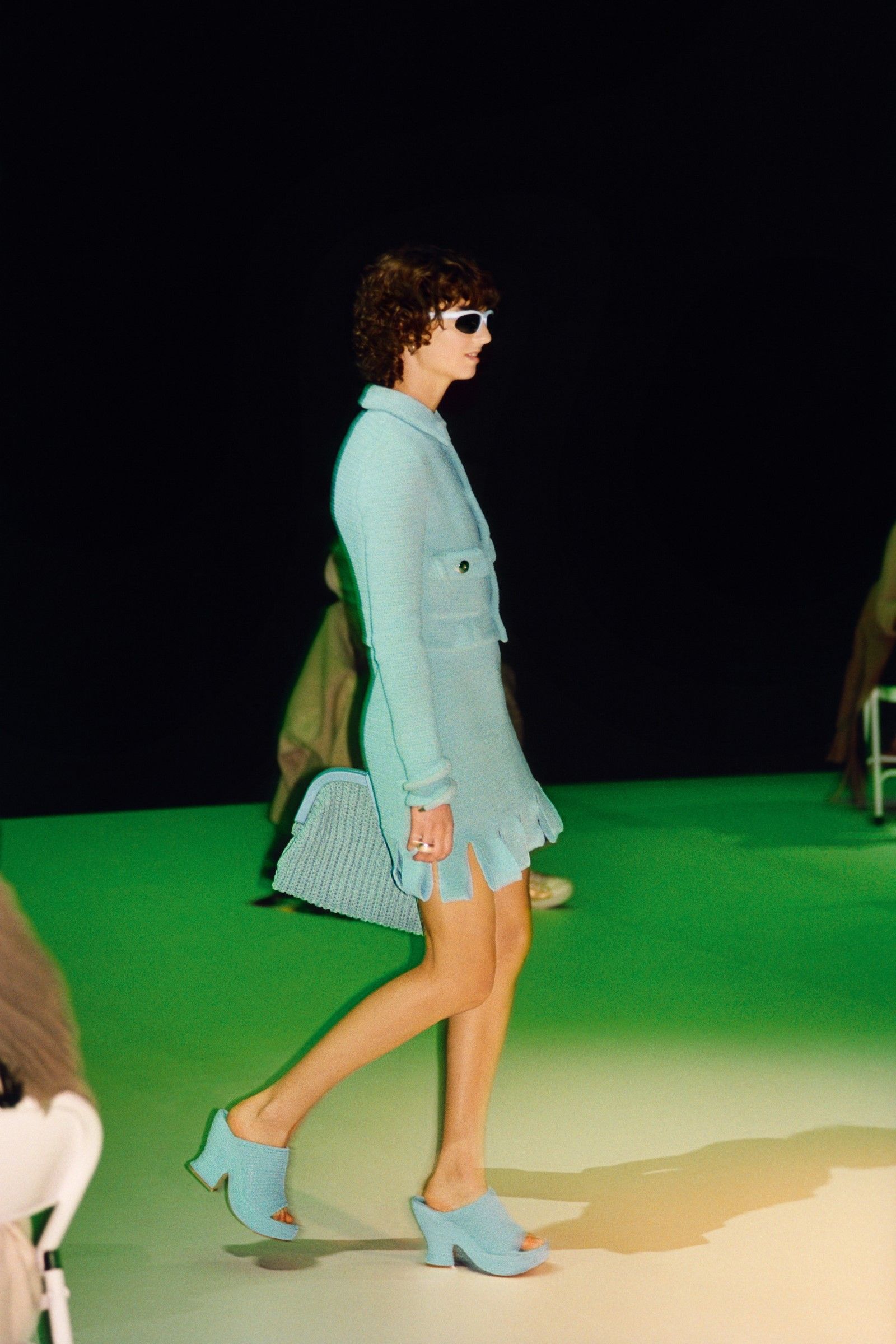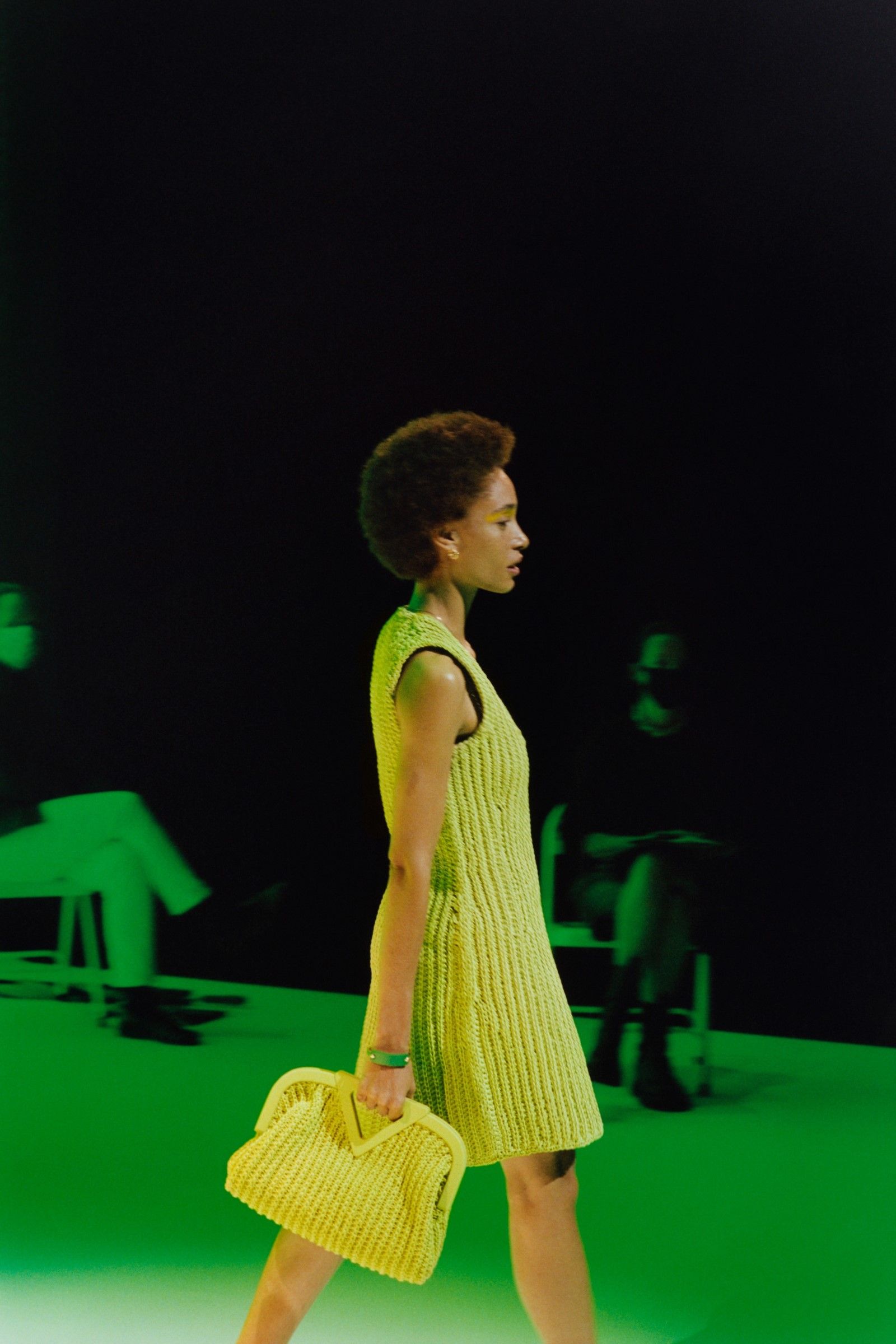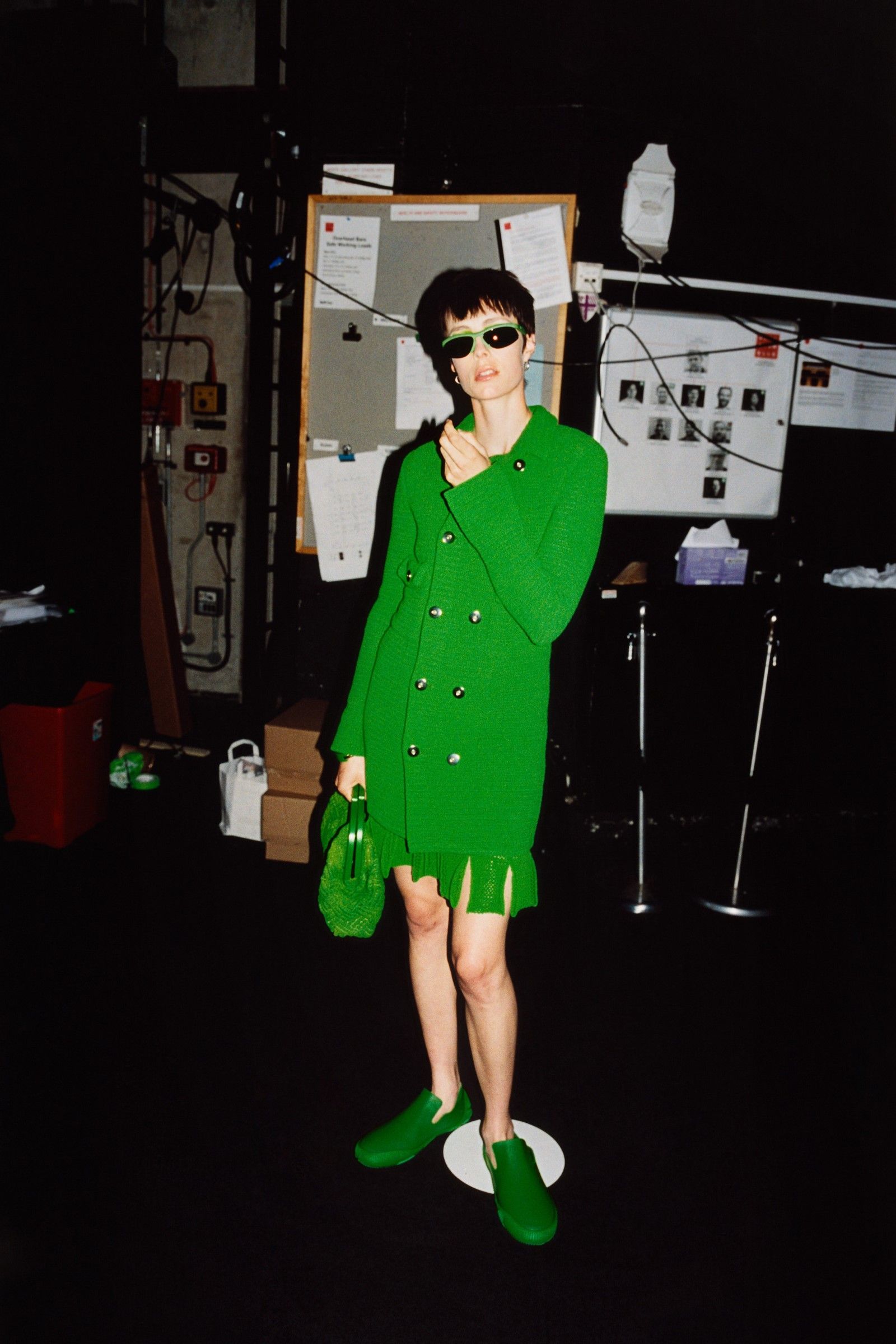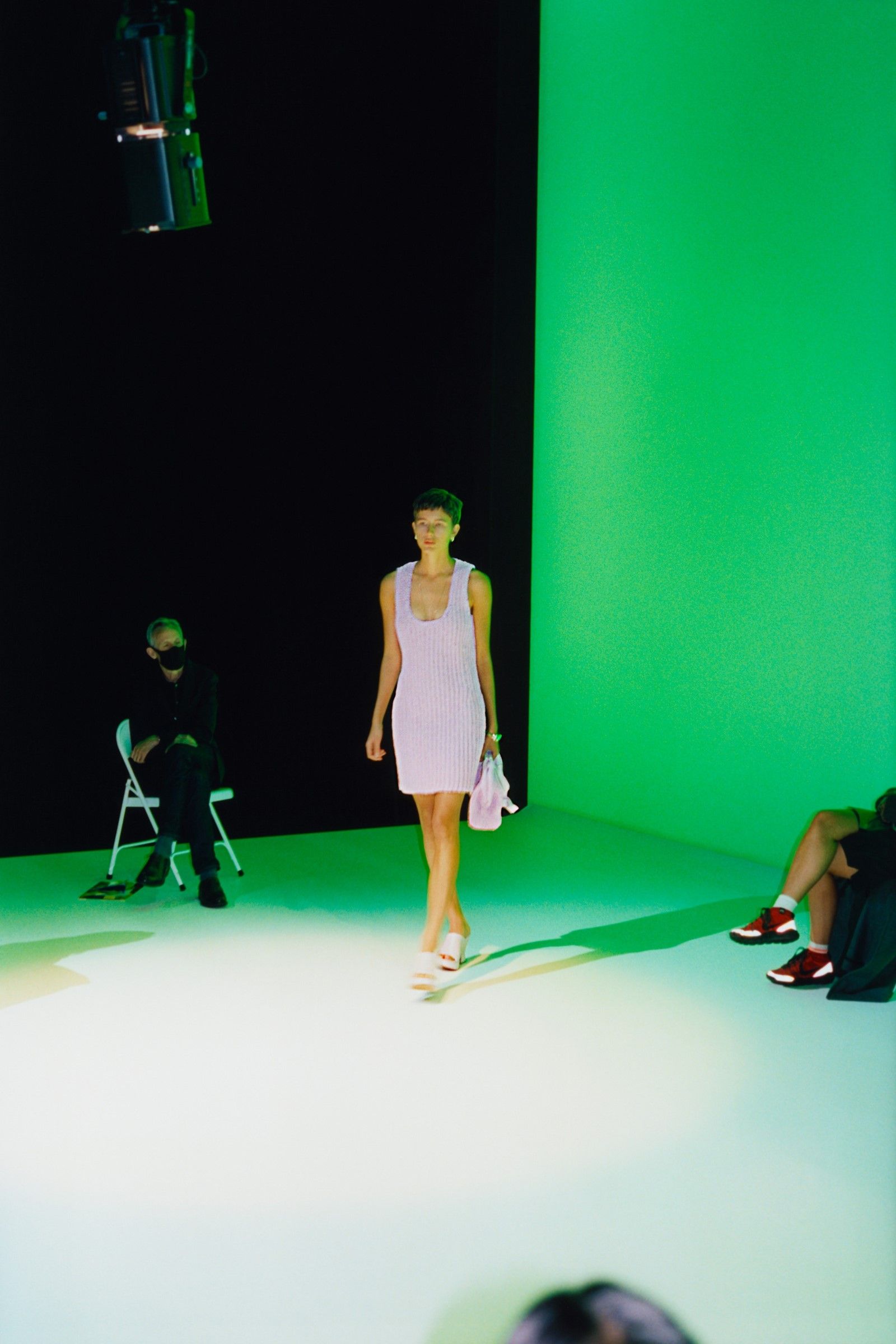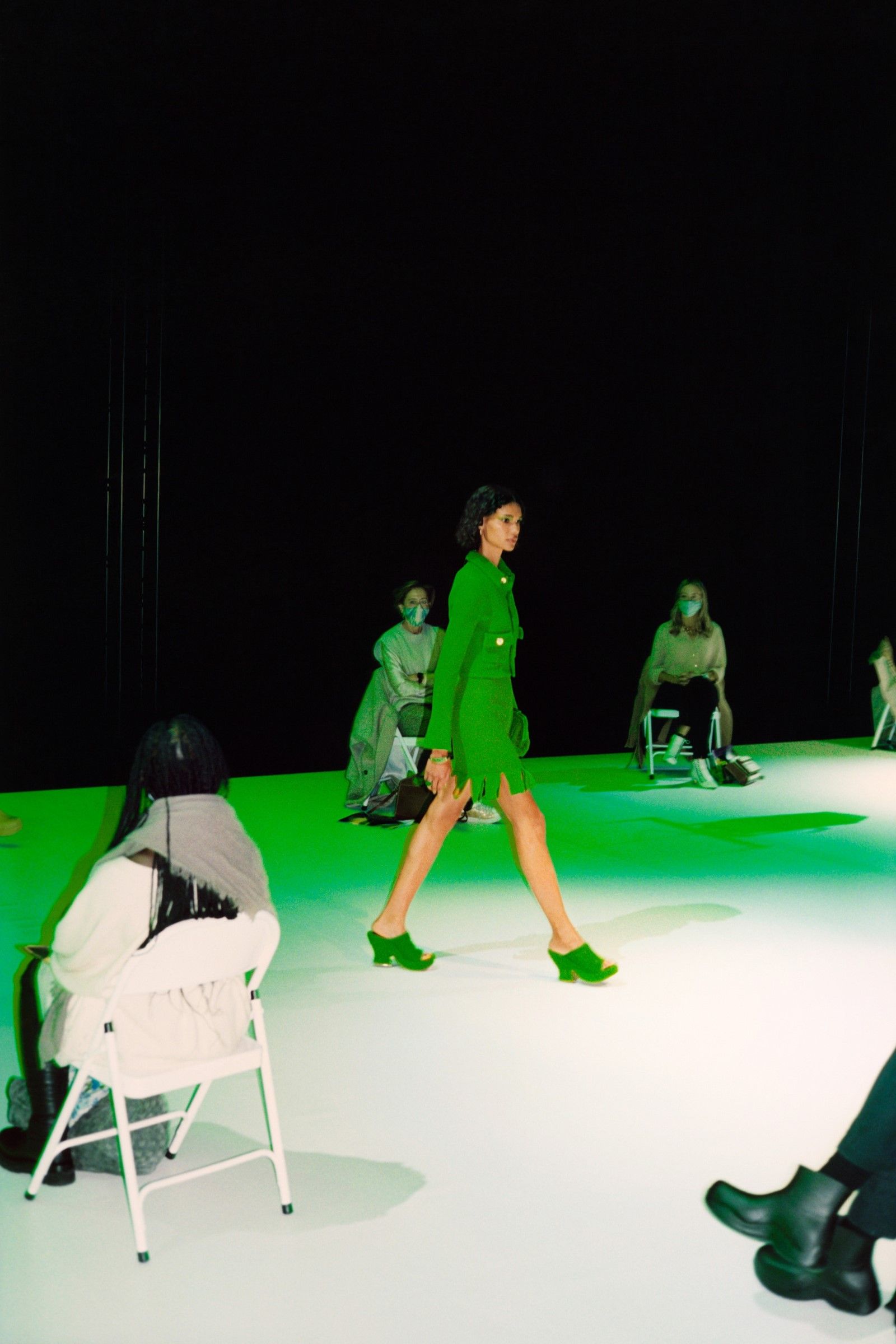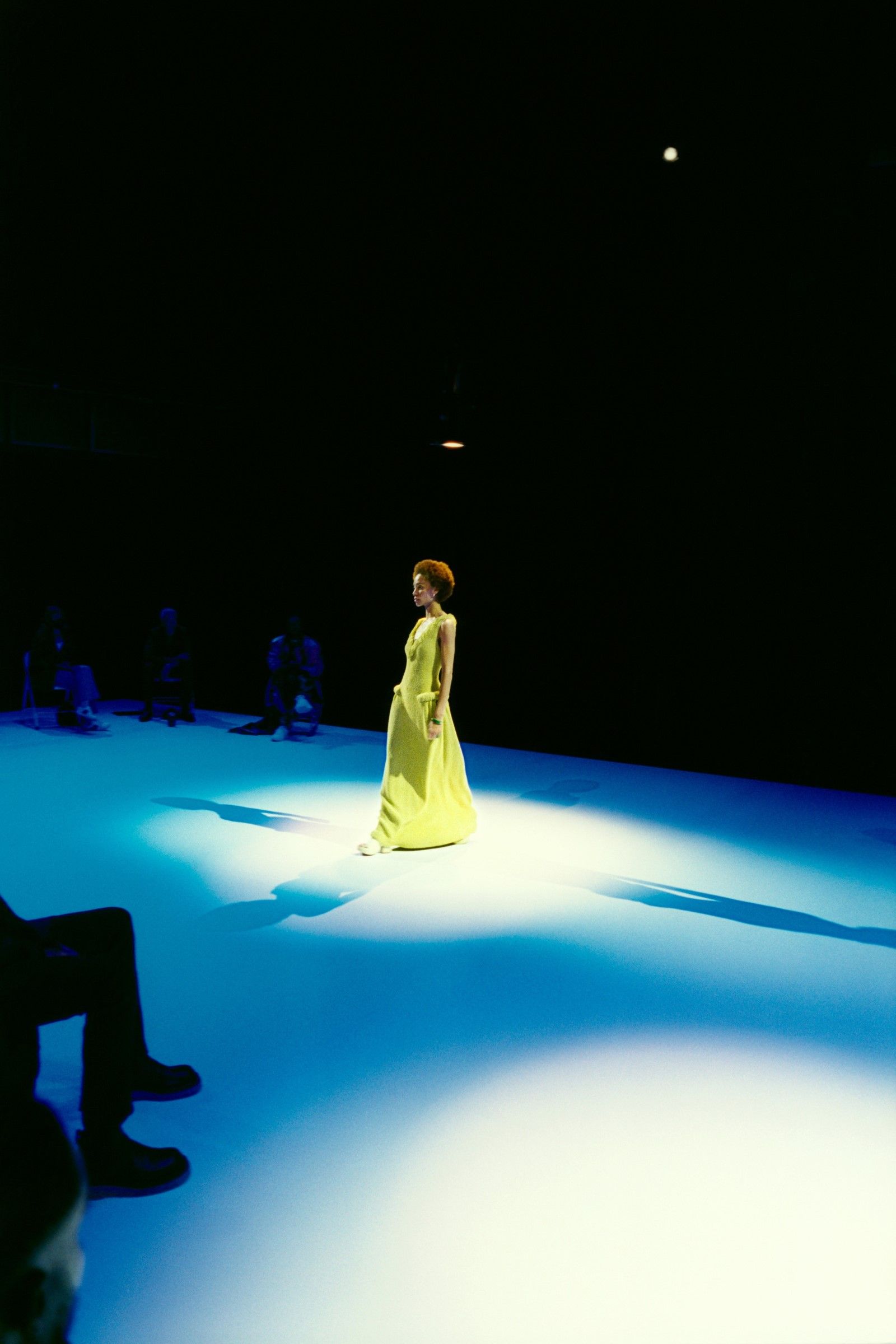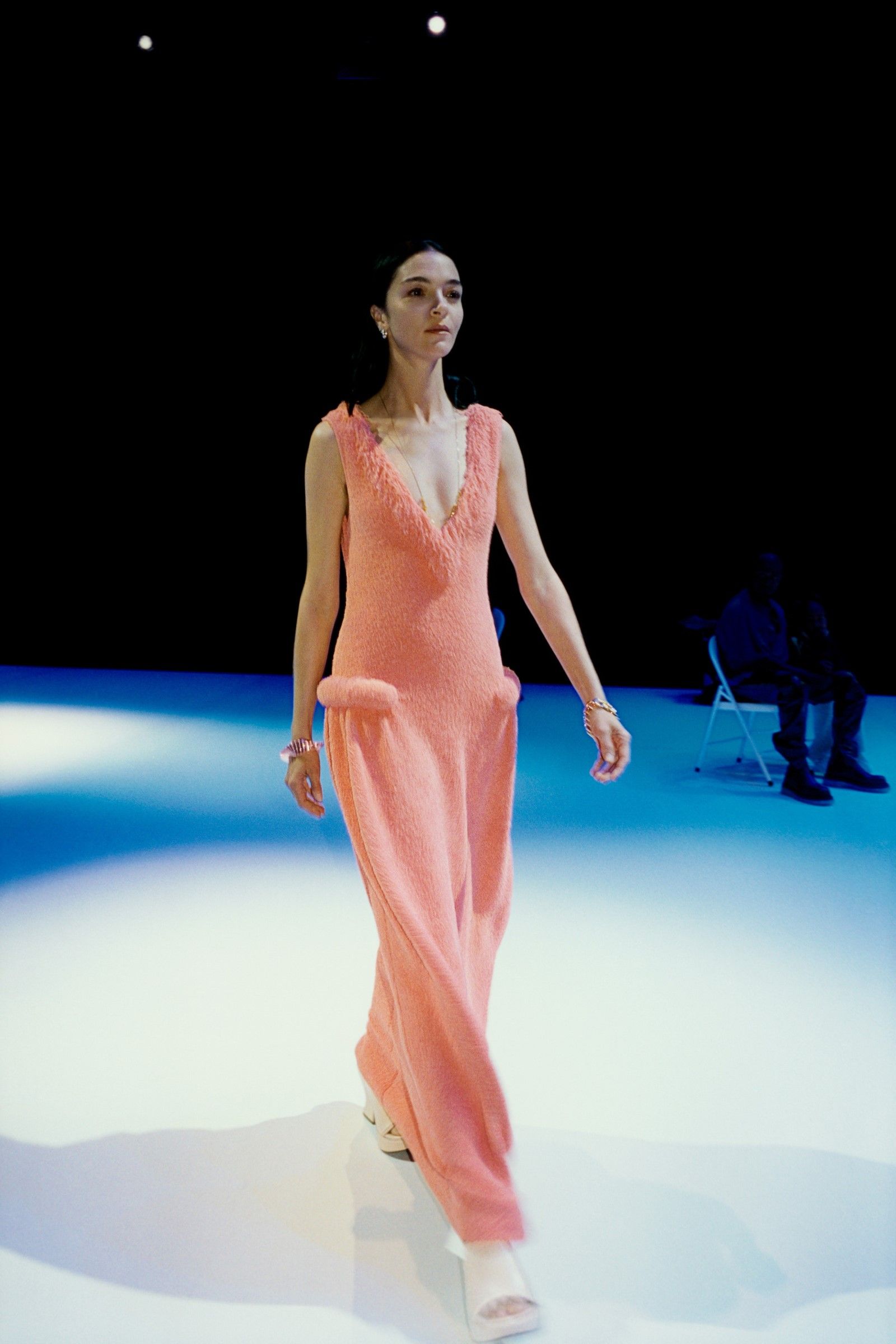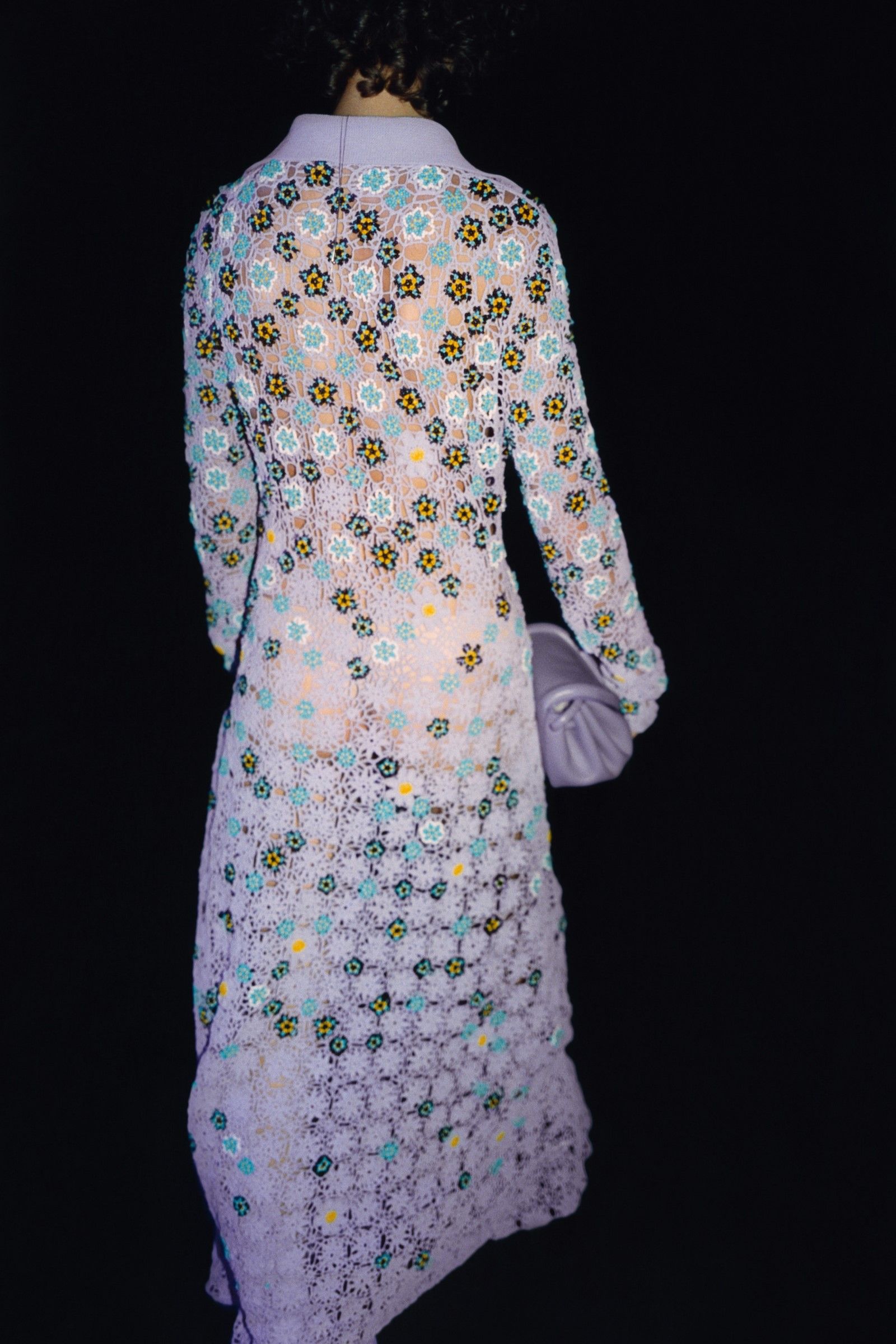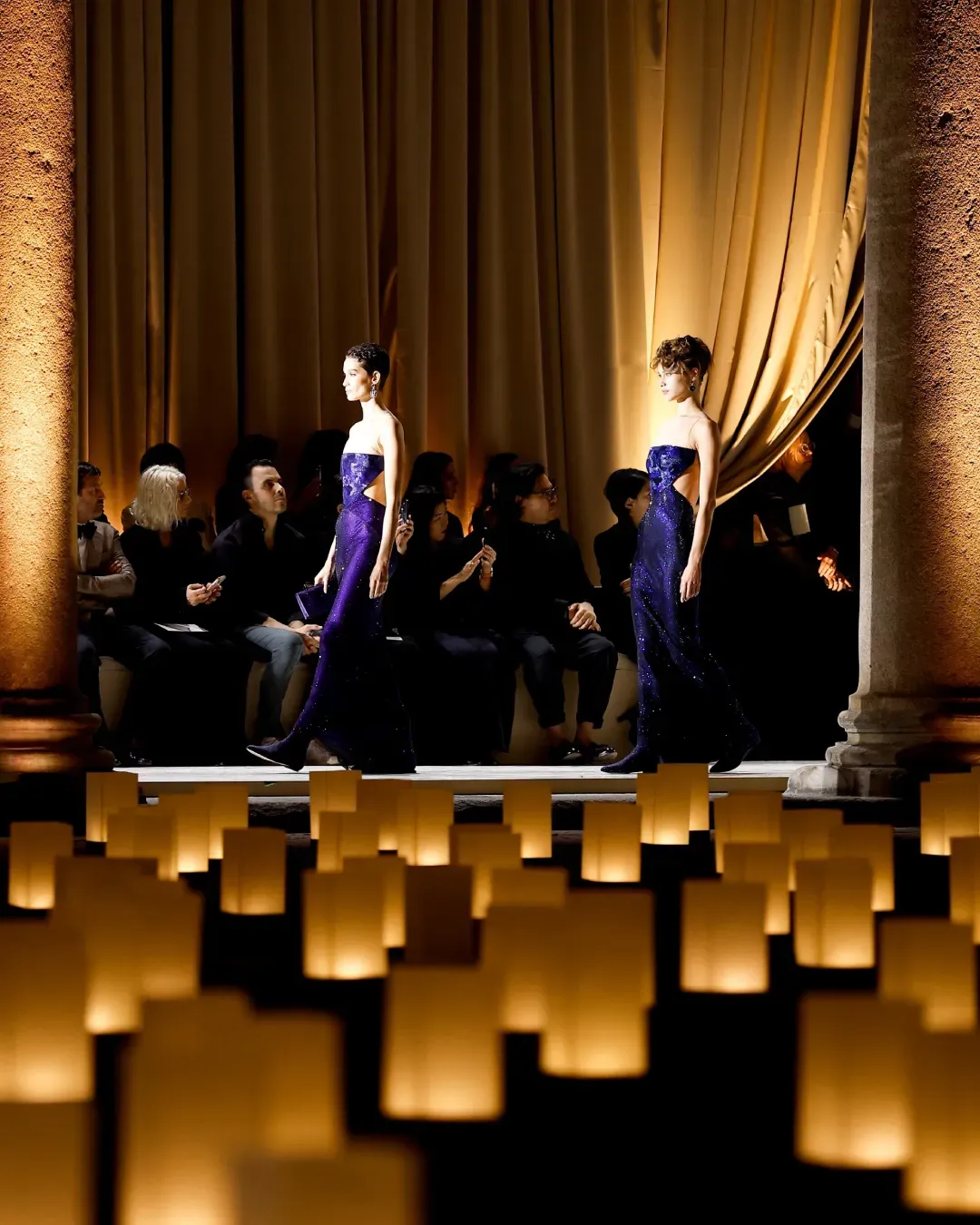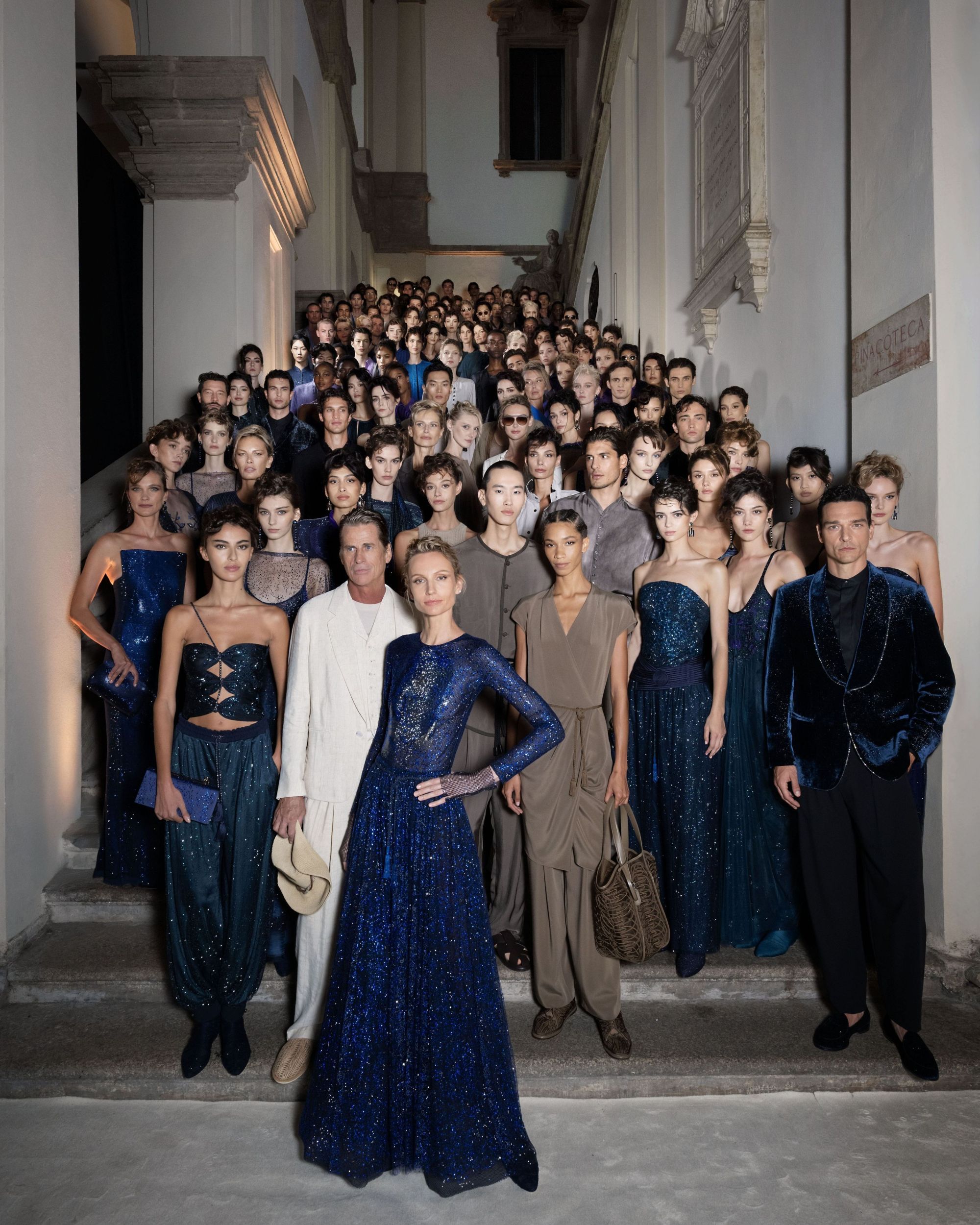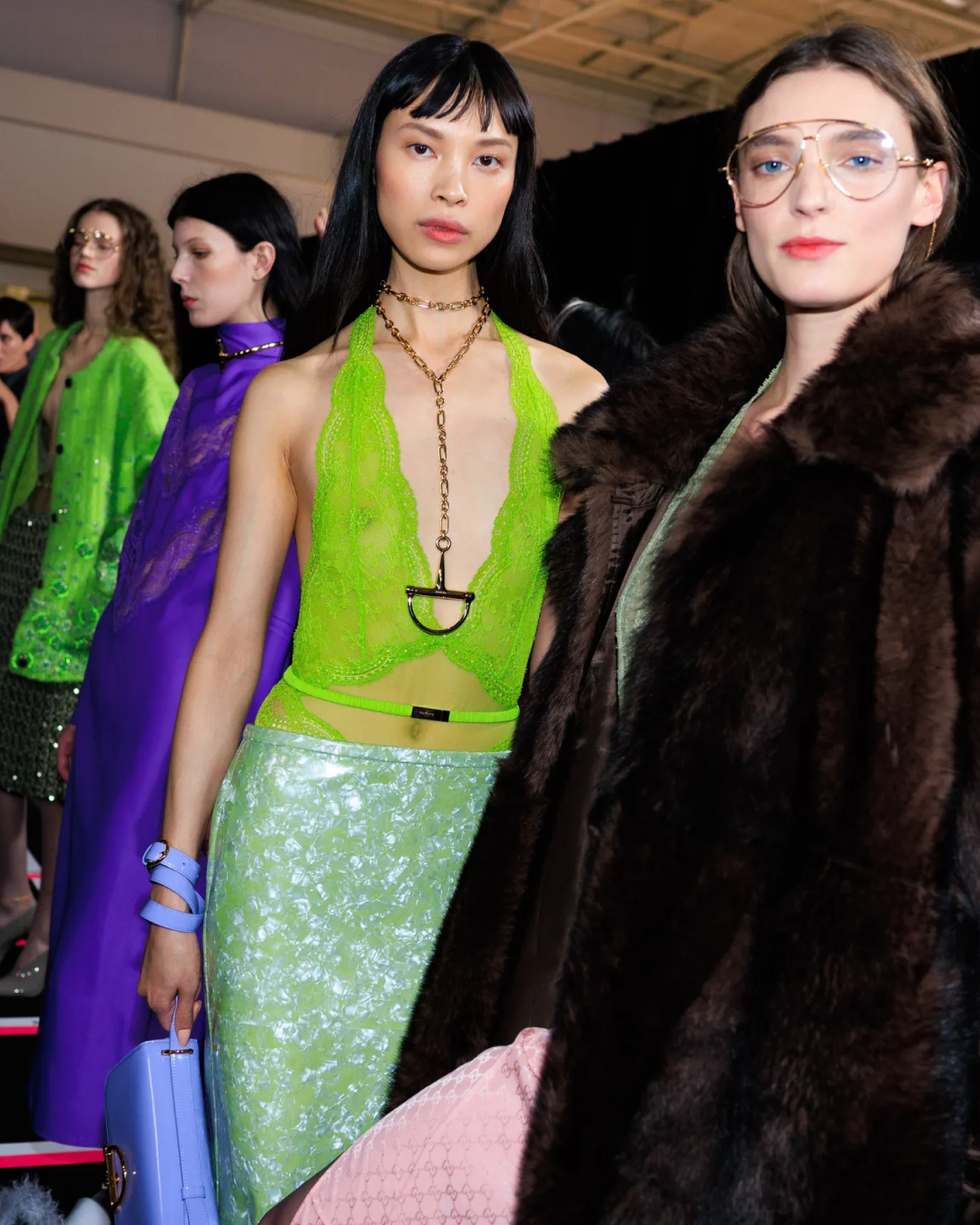
Bottega Veneta's secret show for the SS21 collection A presentation more cross-temporal than cross-sectoral
In a fashion world where creativity has become a frenzy of expansion and in which one looks forward to the future hoping to anticipate it, the "delayed burst" show that Daniel Lee has organized for Bottega Veneta has the air of a novelty, if not revolutionary, at least extremely imaginative.
The actual fashion show was in fact held behind closed doors last October 9th in London with a list of first-class guests: Kanye West and little North, Roberto Bolle, Skepta, Stormzy, Rosie Huntington-Whiteley and Salma Hayek. Later, the press and buyers received a box containing a green tote bag, three books and a record that told the collection. The first book was a mood board that followed the inspirations of Daniel Lee, the second, named The Importance of Wearing Clothes, was created by artist Rosemarie Trockel and explores the making-of of clothes; while the third is, more than a lookbook, a photo album of the London fashion show, shot by Tyrone Lebon.
The communicative choice that Daniel Lee made, similar in some ways to Jonathan Anderson's show-in-a-box for Loewe, has the advantage of being, as well as cross-sectoral, cross-temporal in its setting at the intersection of coordinates that are visual, material, cultural and psychological keeping them suspended and ready for continuous use of what was actually a fixed event over time - almost isolated over time if you consider how it was kept hidden to the last. The collection can be "perceived" in all its depth (also sound, thanks to the disc included) but without the temporal linearity that a video or real life imposes: the looks appear explorable with the mind and not only visually.
The presentation looks like this because it is linked not to an abstract concept but to reality – reality and concreteness seem to have been the vectors of Lee's imagination who wanted a real event, a presentation that is all material composed as it is of books, photos and vinyl; and with a lookbook that transcends its very nature. Lebon's photos, in fact, are the documentation of a unique event: a rare presentation in real life kept very secret among a small circle of initiates that includes stars and cultural pioneers. The very definition of experiential luxury with all the charm of a secret society. The irony lies in the fact that this type of presentation represents a model not futuristic but indeed centenary: that of the very first fashion shows among the women of high society in the early 1900s but also that of the underground shows of Raf Simons and Margiela. Daniel Lee himself told Vogue:
It was a bit like going backwards and thinking about how fashion shows began. This idea of salon shows. It felt extremely intimate and much more personal.
Regarding the clothes, the presence of an artist like Trockel, famous for her depictions on wool, already suggests that knitwear is the heart of the collection – and this for its tactile quality that also emerges in the photos when you can not touch the fabric. The purity and cleanliness of the cuts and constructions, together with the liveliness and texture of the materials, highlight how for Lee the most important aspect (as well as the focus of the collection) is precisely the concrete, the real, what can be touched and, above all, that can be narrated not only through realism but also through creative suggestion and vision.










































